Decathlon, like Amazon, Microsoft or Samsung, is a company with a very strong reputation, exponential growth, which generates several billion in turnover per year and which is a leader in its field.
After a first foray into the padel in the mid-90s, Decathlon returned in 2006 with Artengo, a specific branch of racket sports with products and services at the best quality/price ratio in order to develop the pleasure of practicing racket sports.
2019 is a major turning point with the creation of Kuikma (which in Aztec means team fun), a new division that focuses exclusively on the padel (rackets, balls, luggage, clothing and accessories) leaving the Artengo entity to manage all other racket sports.
With this change is born the ambition and the need to offer more technically advanced products in the face of specialized industries who have understood that the padel would become the essential sport of the next 20 years.
After the resounding success of the PR990 models with an unbeatable quality/price ratio, Decathlon has chosen to capitalize on its know-how in order to attack the top-of-the-range sector as far back as possible in the best possible conditions.
The French company relies in particular on the emblematic trainer Horacio Álvarez Clementi, who is undoubtedly no stranger to the recruitment of two former world number 1, namely Lucia Sainz et Maxi Sánchez.
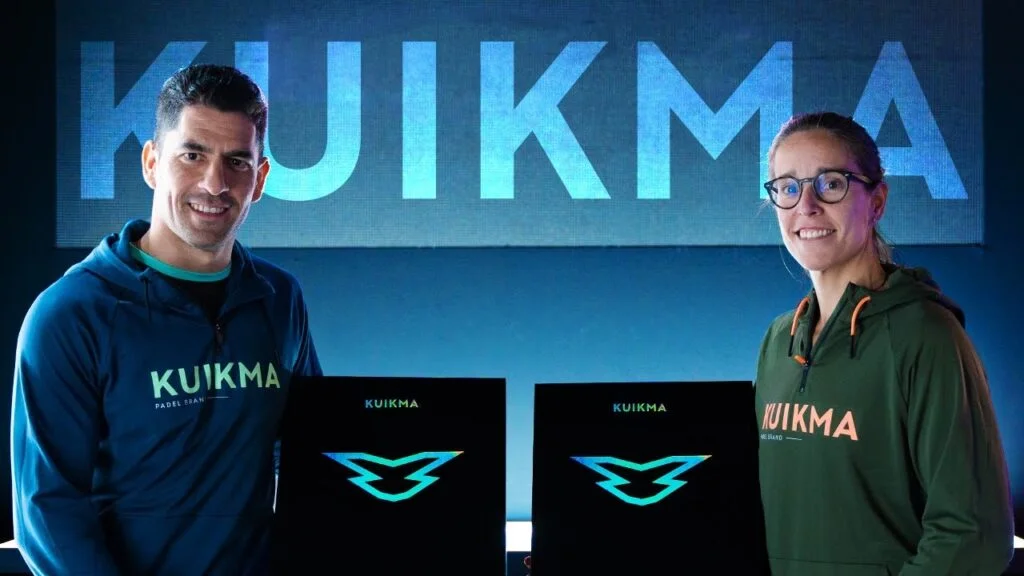
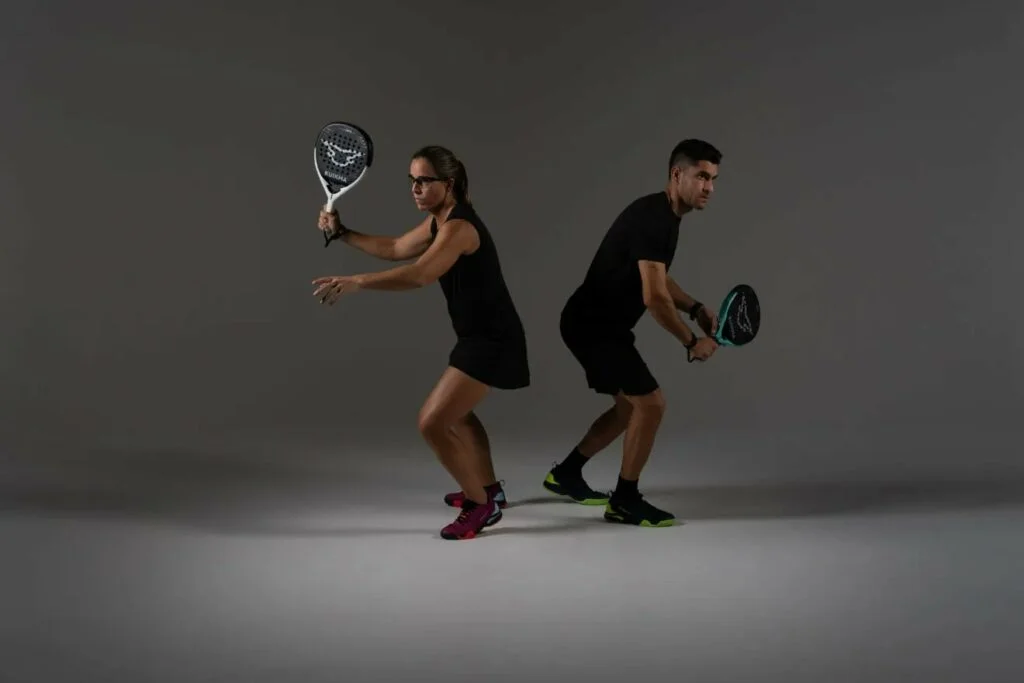
This association of players, which brings enormous credibility to the brand, is surrounded by the entire Kuikma team.
Initially, two racquets were available as an ultra-limited special edition in unique packaging at the start of the year, but they are now sold in conventional versions.
The models are named with the initials corresponding to each player – LS-PRO (hybrid form) for Lucía Sainz and MSPRO (diamond shape) for Maxi Sánchez.
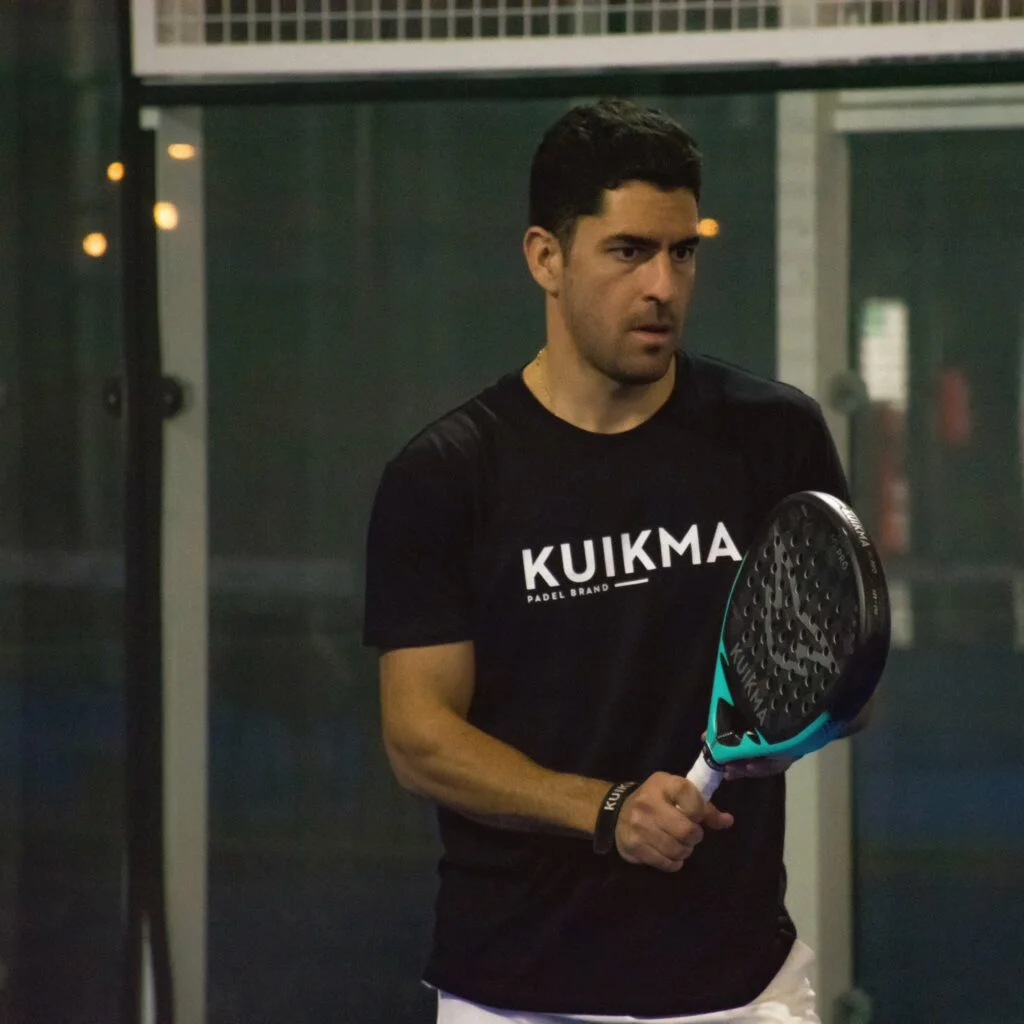
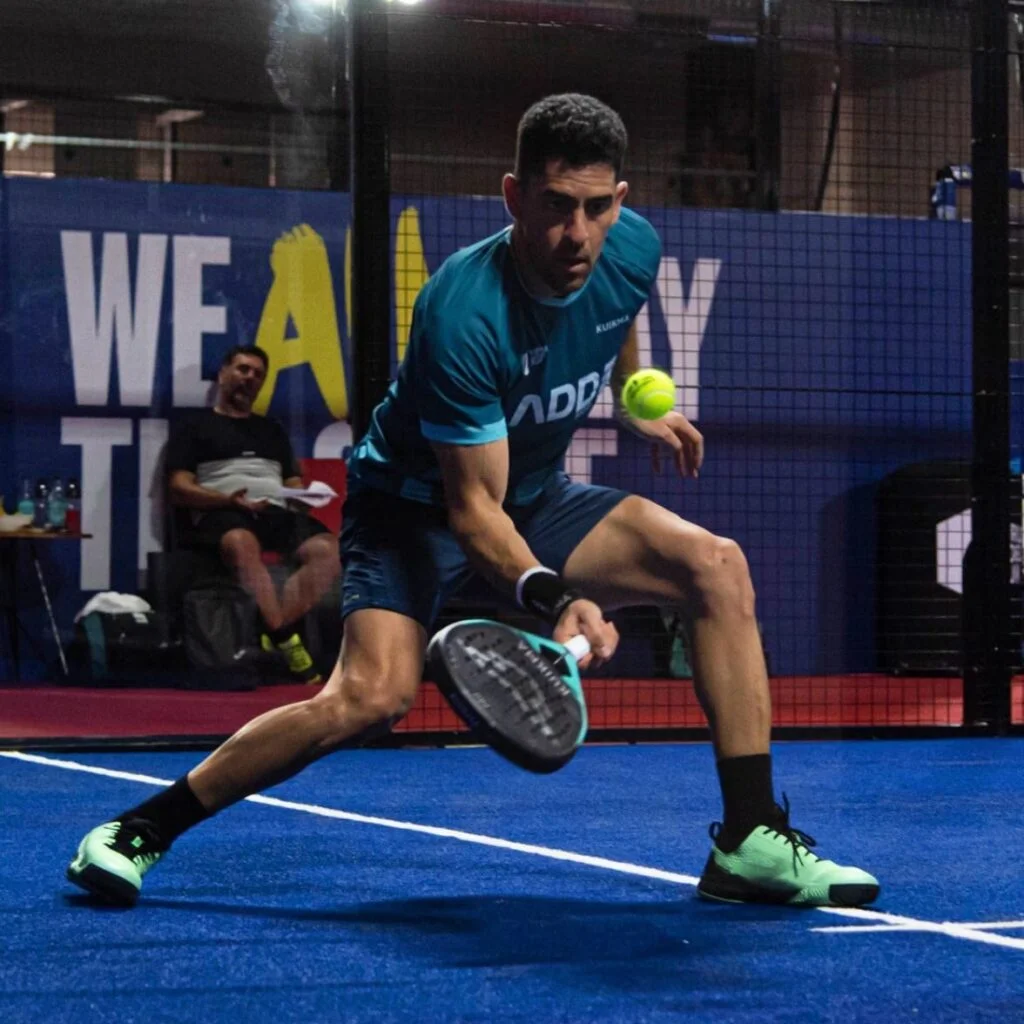
Lucía's pala stands out for its black and white colors, while Maxi's combines black and blue.
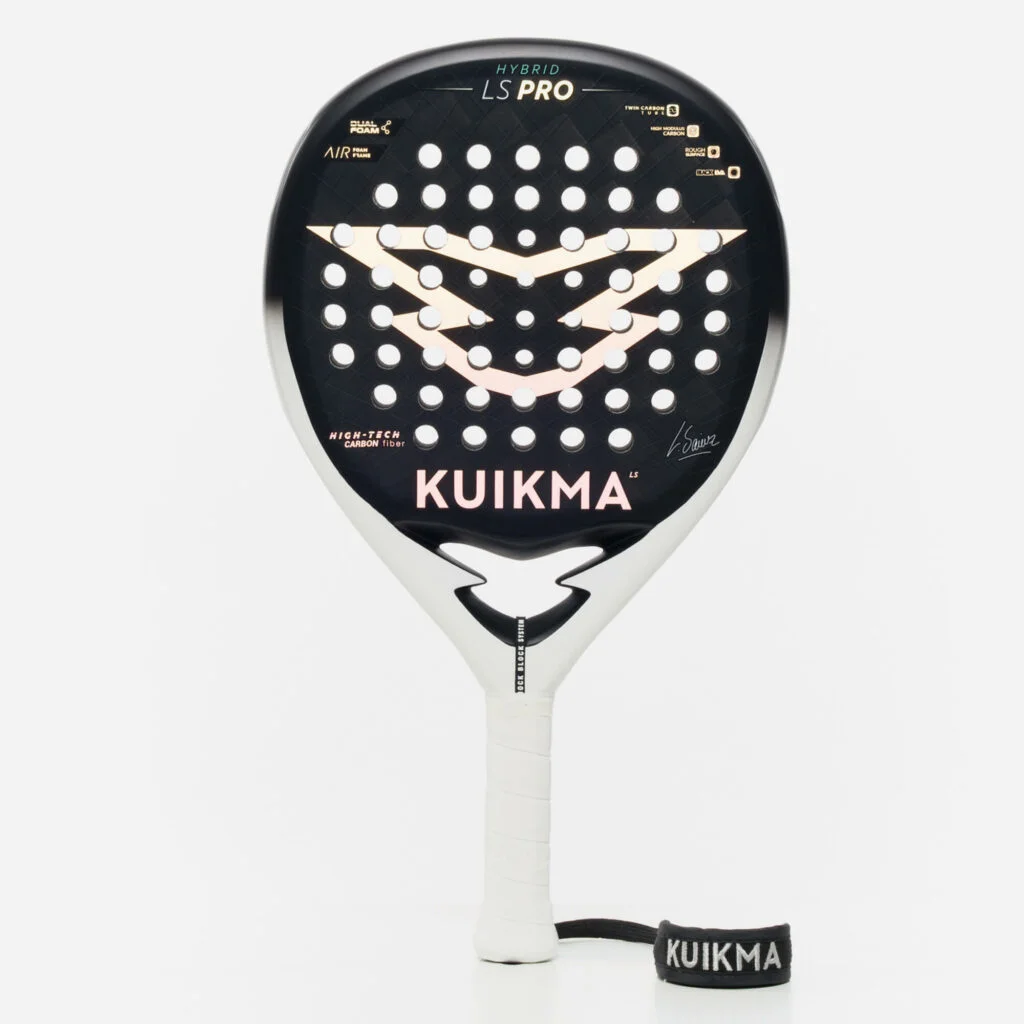
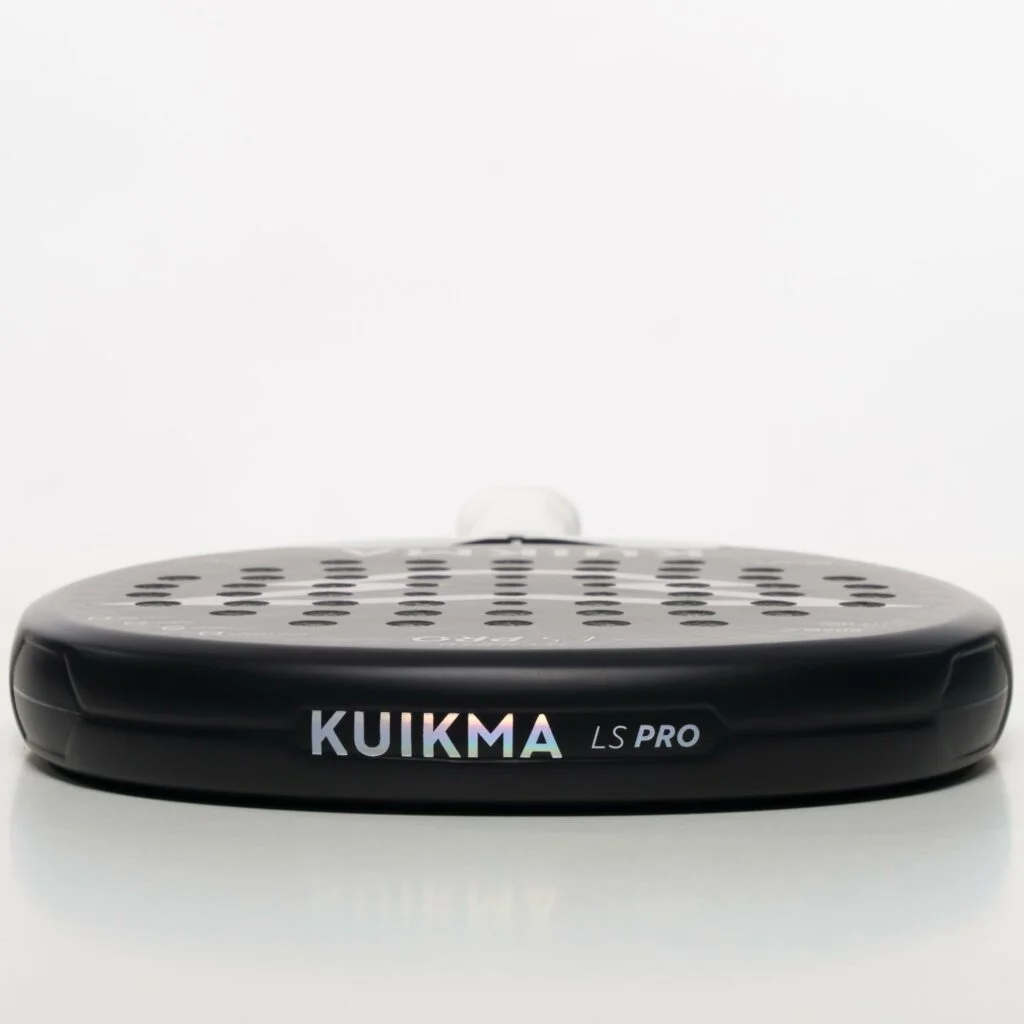
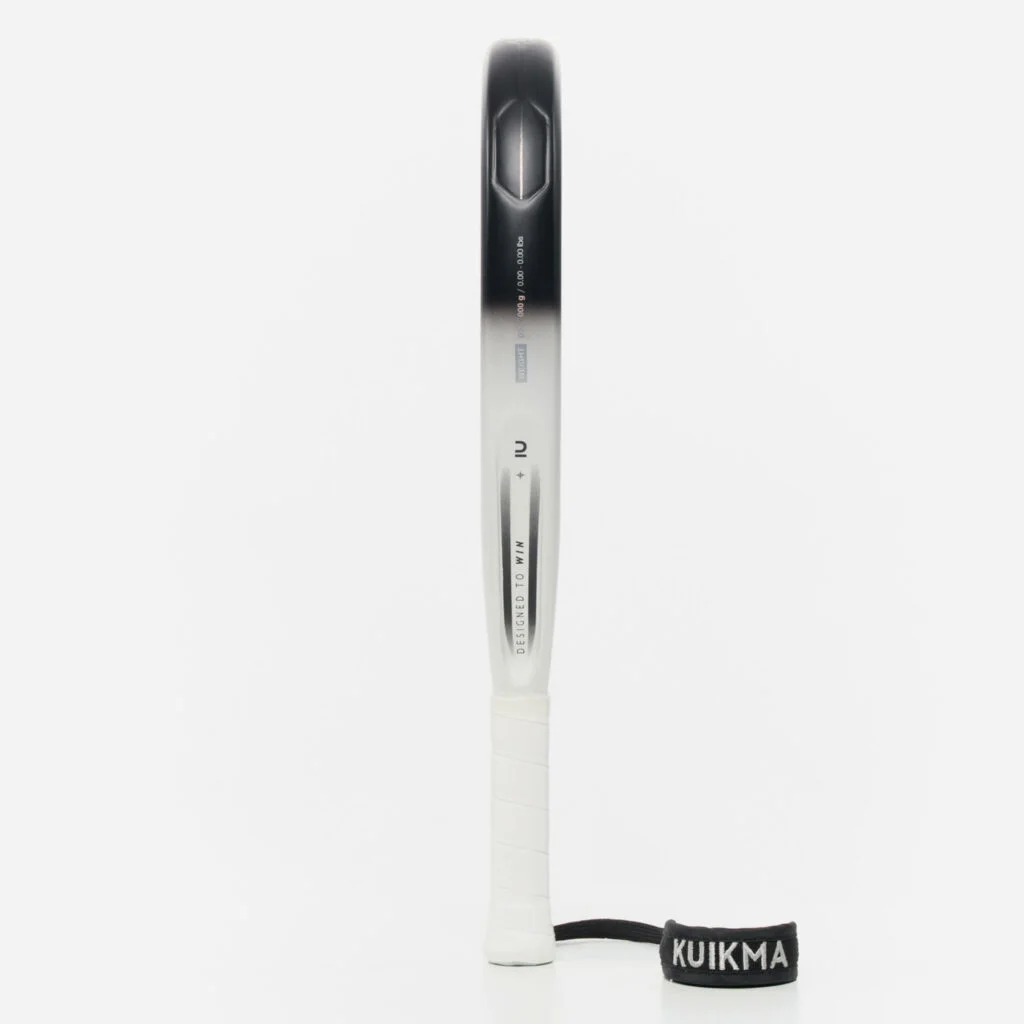
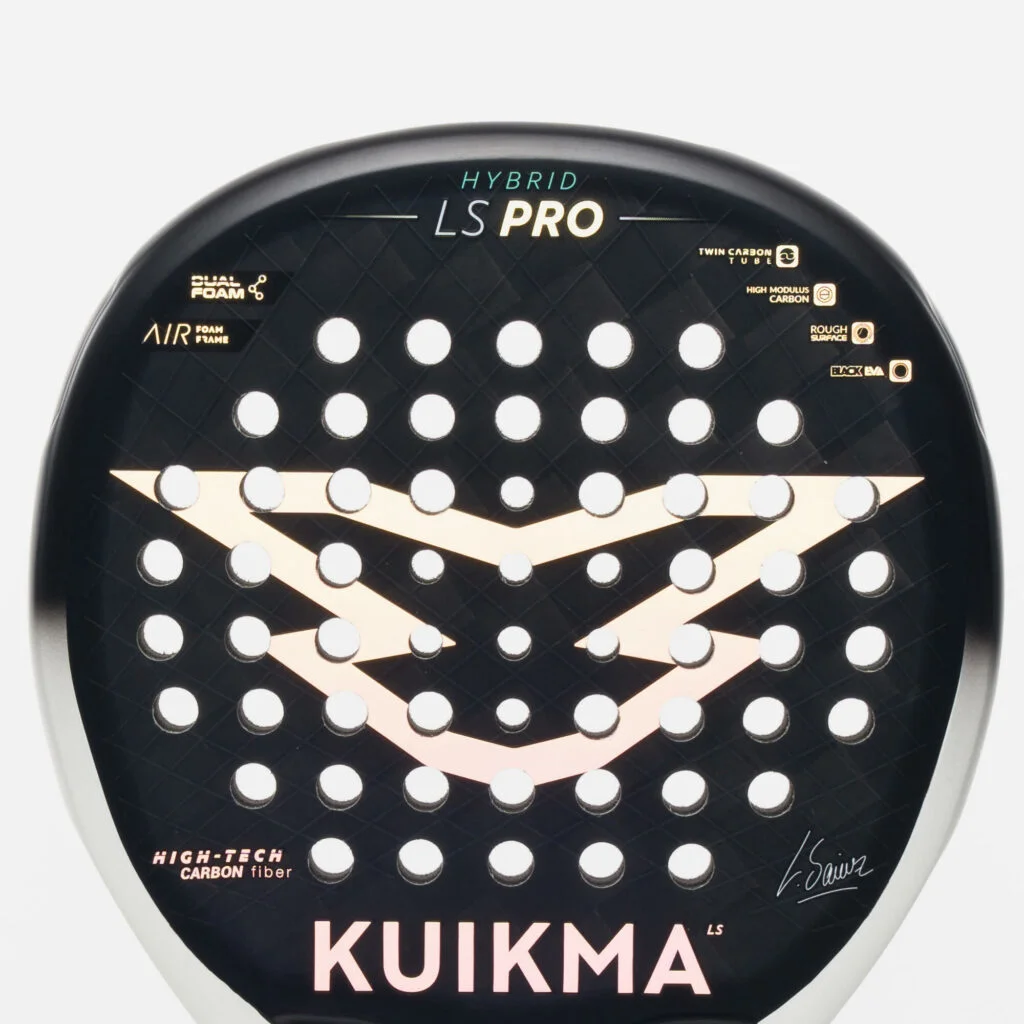
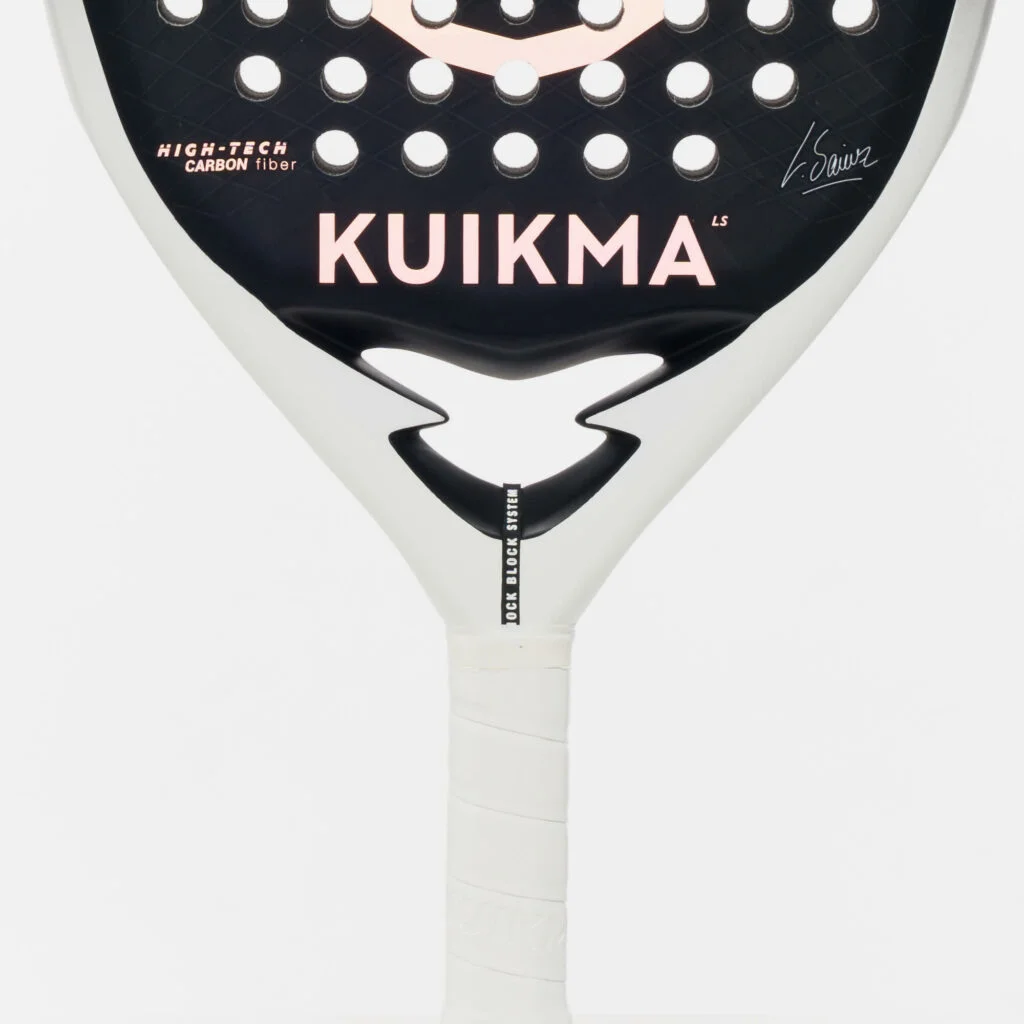
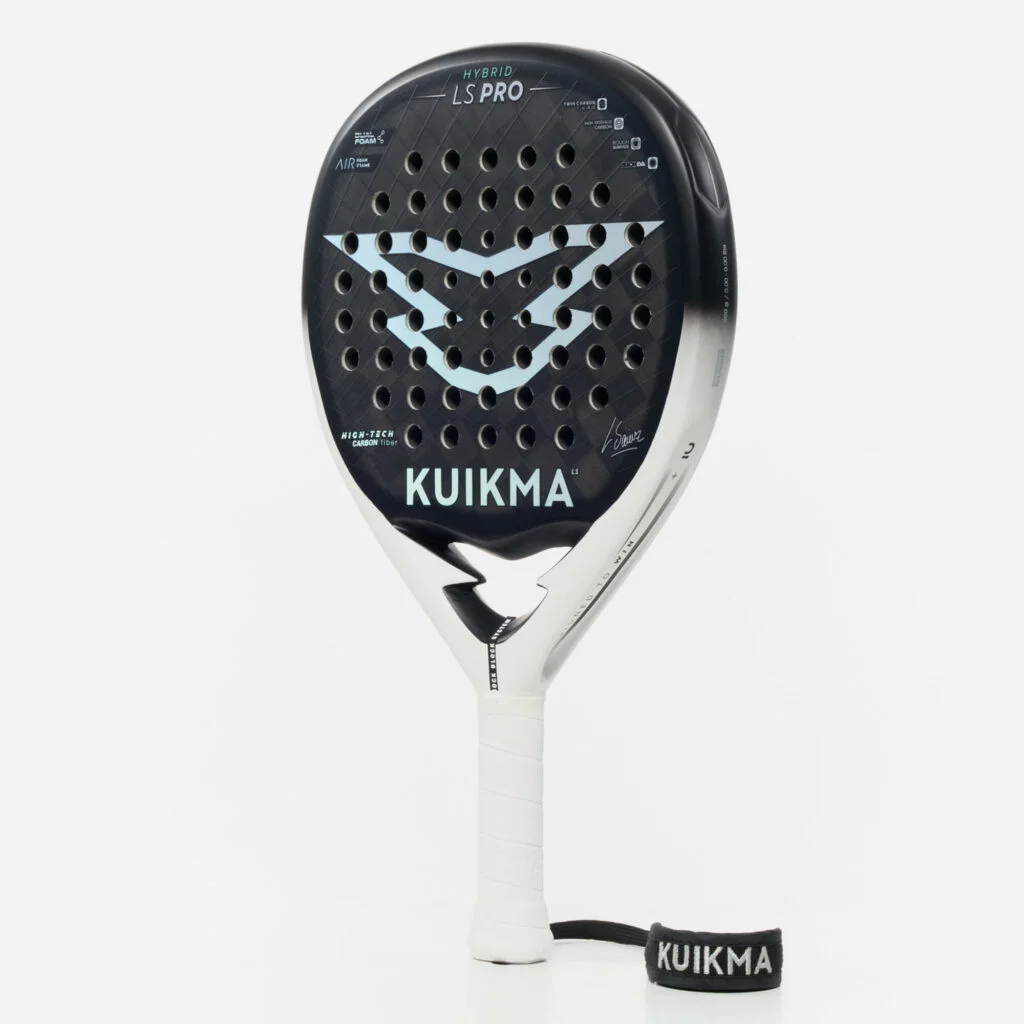
Both racquets feature the signature of each player on the frame, have a slight 3D relief on the faces, and benefit from a different drilling pattern and offer a padded wrist strap that will delight purists.
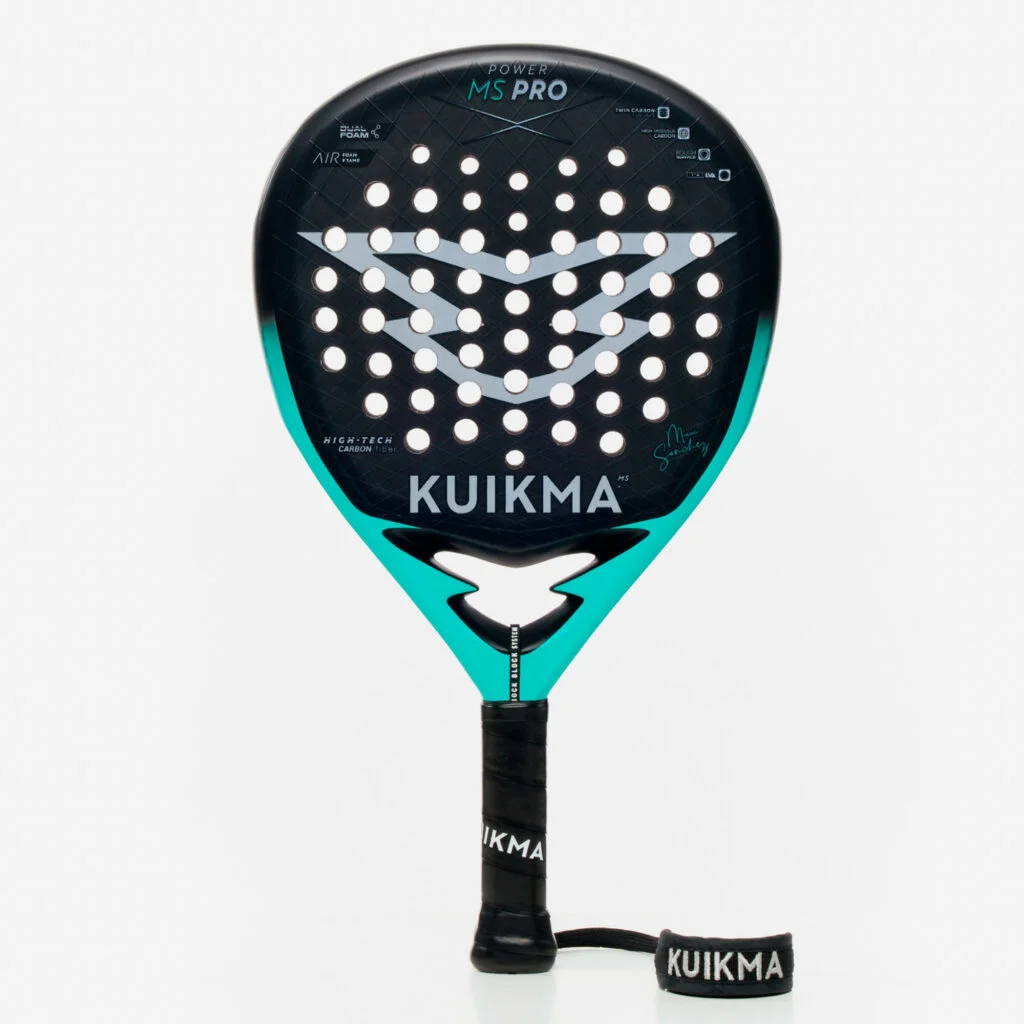
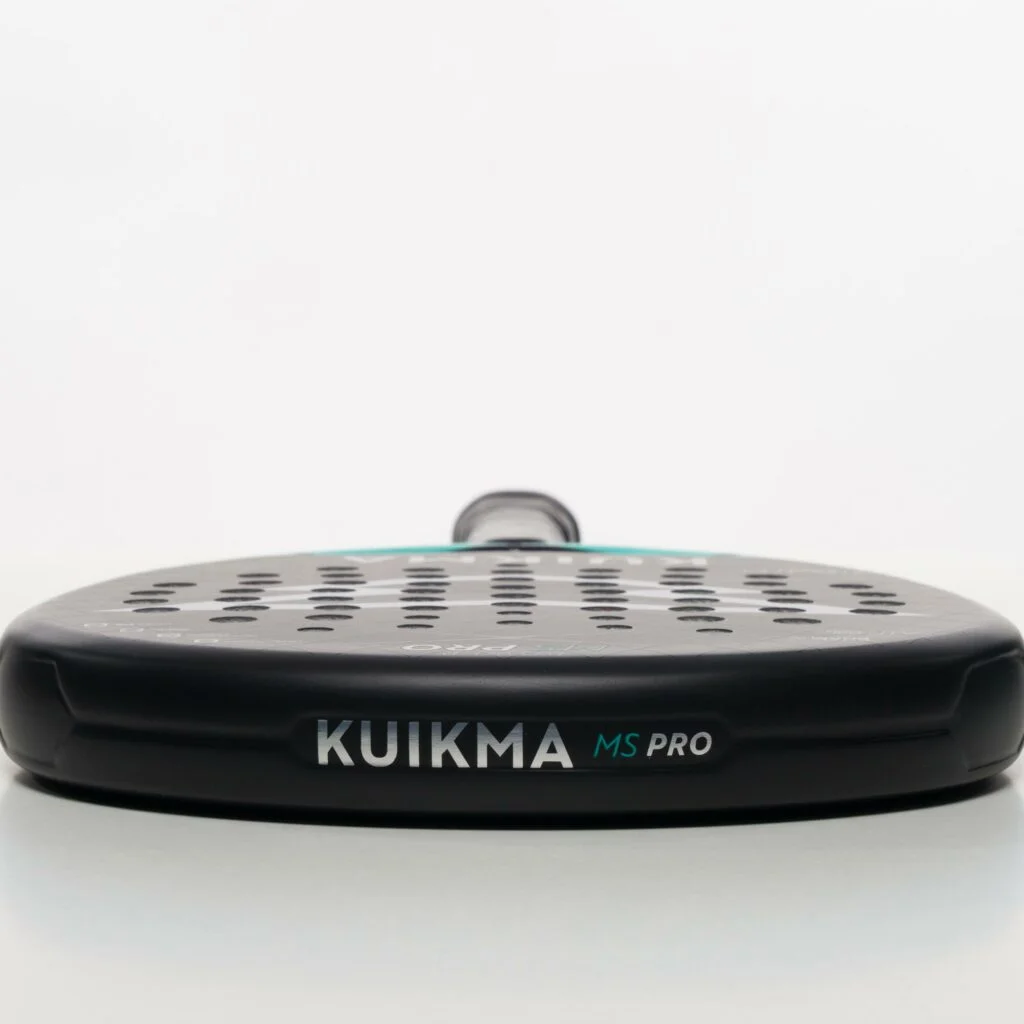
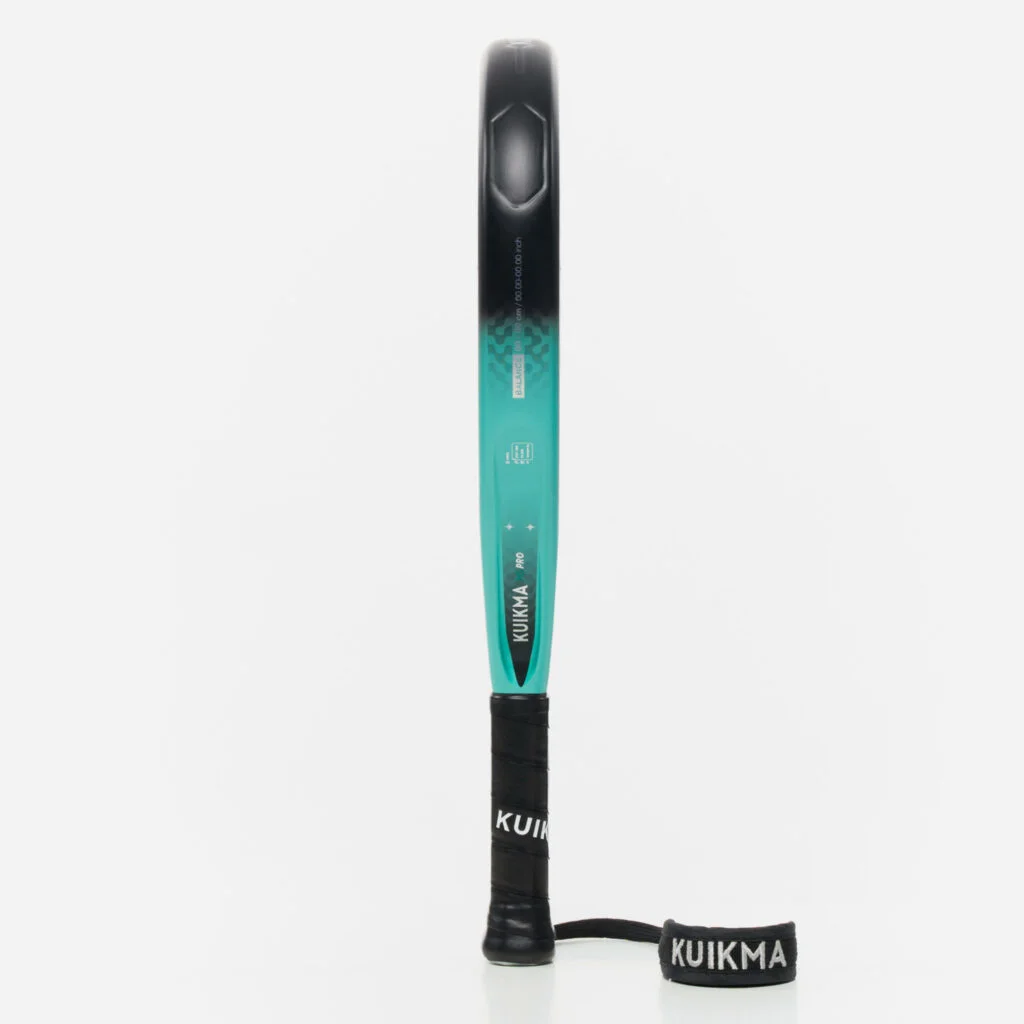
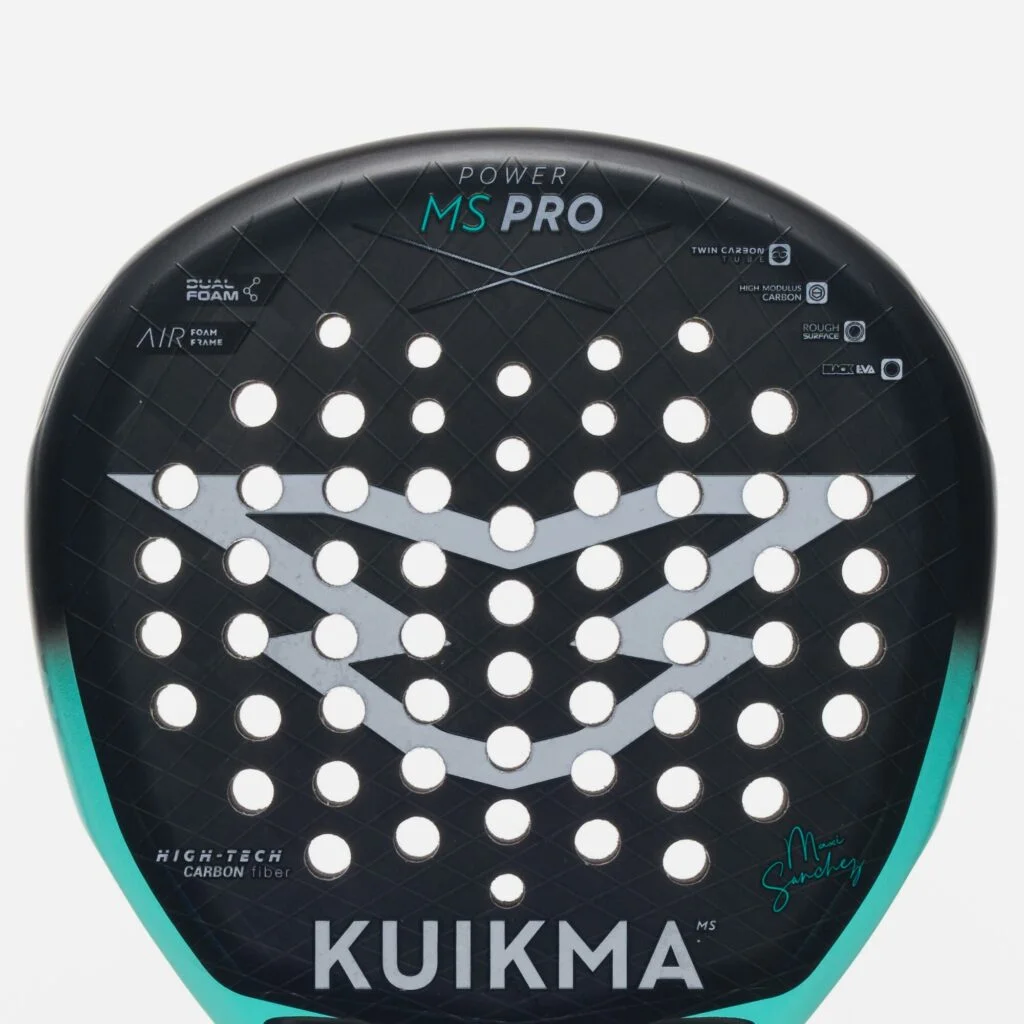
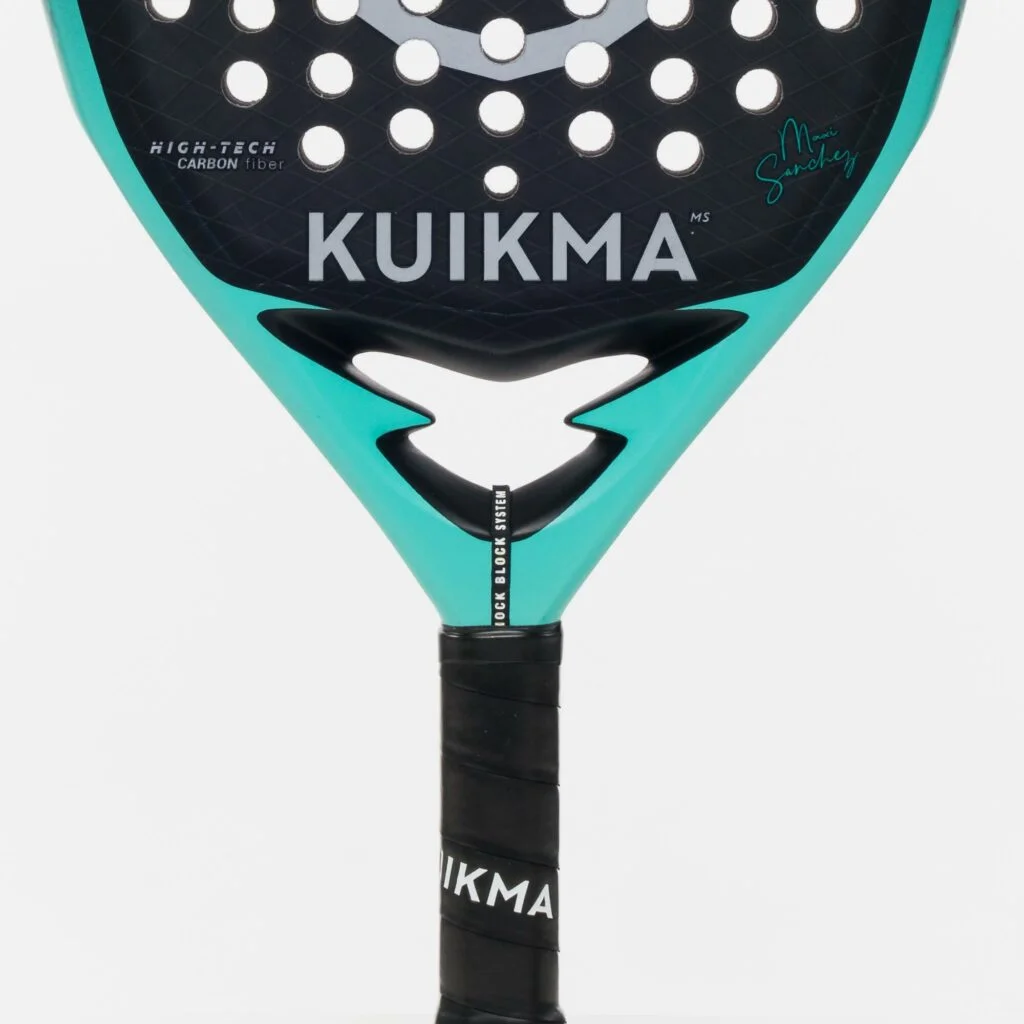
The specificities of the LS Pro and the MS Pro
They are equipped with:
- Du Dual-Foam, a mix of different densities of rigid Black EVA foam in order to offer a better balance between power and control in every shot.
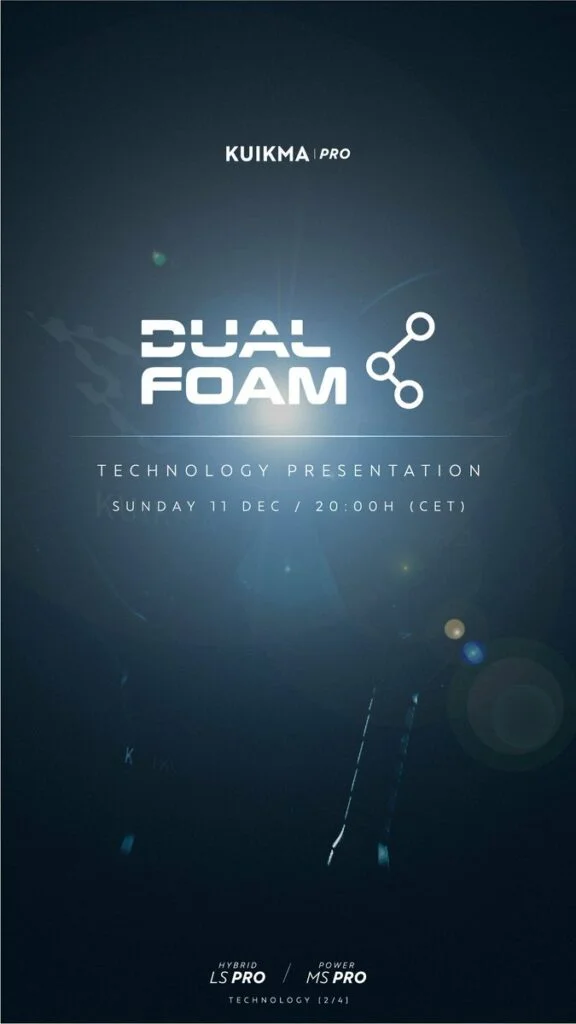
- And Air Foam Frame, a double tubular frame that optimizes the rigidity and power of the racquet which is composed of 70% carbon, 20% ethylene-vinyl acetate, and 10% fiberglass.
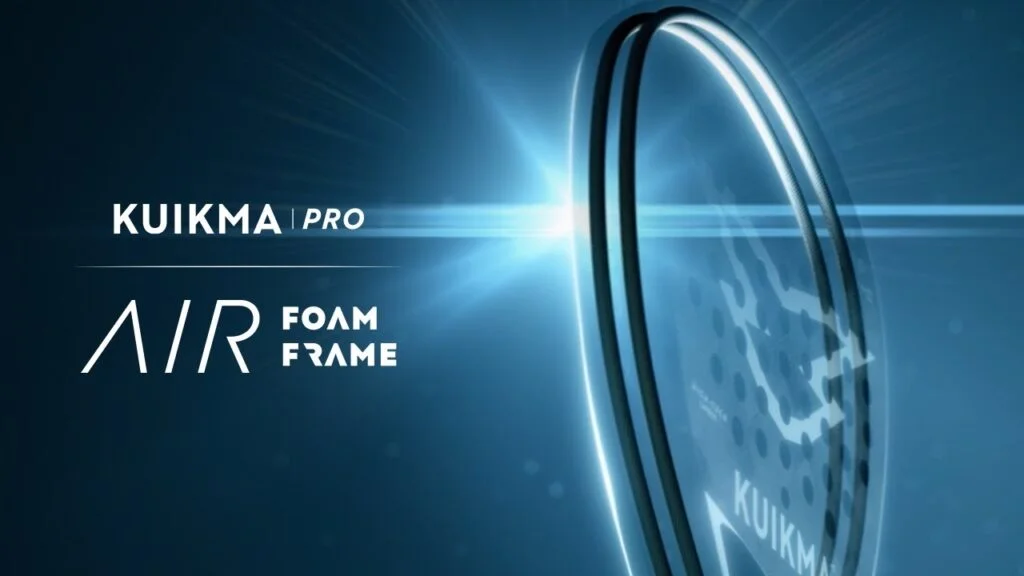
Ethylene vinyl acetate is a soft and flexible elastomer. And the percentage of vinyl acetate contained determines its level of elasticity.
This material is characterized by a high coefficient of friction, very good impact resistance and excellent impedance to stress cracking.
Engineers also added EVA foam in both racquet head tubes to strengthen the frame and improve durability.
The High Modulus carbon fiber T-eXtreme Spread Tow (spread fibers) are a cutting-edge technology used to improve power, control, durability and product performance, and are the ultimate choice for manufacturing ultra-lightweight composites.
A more resistant and compact composition, and 20% lighter than conventional carbon fiber. "Top-of-the-range" fibers with optimal stiffness, about twice as much as those with a standard modulus.
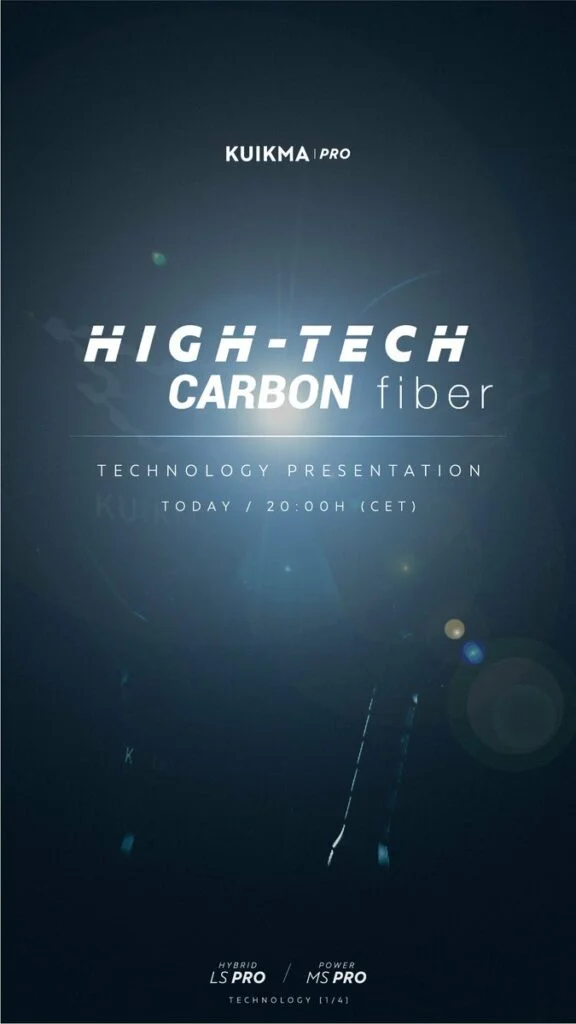
Fibers HM add a lot of stiffness with less weight to optimize power transmission. They are superior to conventional fibers while being lighter, thanks to their superior tensile and compressive strength.
This carbon fiber is rated for its torsional strength. The higher the modulus, the stiffer it is. In the field of sport, the High Modulus is the highest grade that can be found.
This makes the striking surface relatively rigorous and allows the player to access great speed in the offensive game, while benefiting from masterful precision in each strike.
This type of carbon fiber is often used in critical applications where performance and reliability are essential, such as in racing cars, airplanes and spacecraft.
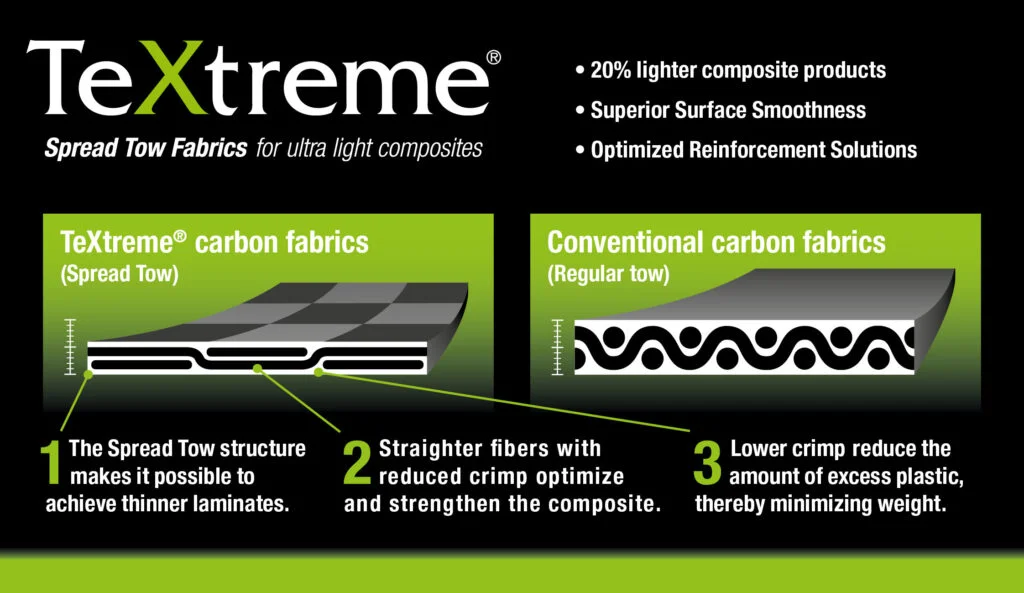
This unique and last layer of carbon fiber is supplemented by 3 layers of fiberglass in order to gain comfort, elasticity and ball exit.
The Shock Block System
System Shock Block is a technology located in the shaft that reduces vibrations when hitting the ball.
Although it was designed in 2002, it has been reviewed, redesigned and re-adapted specifically for this racquet.
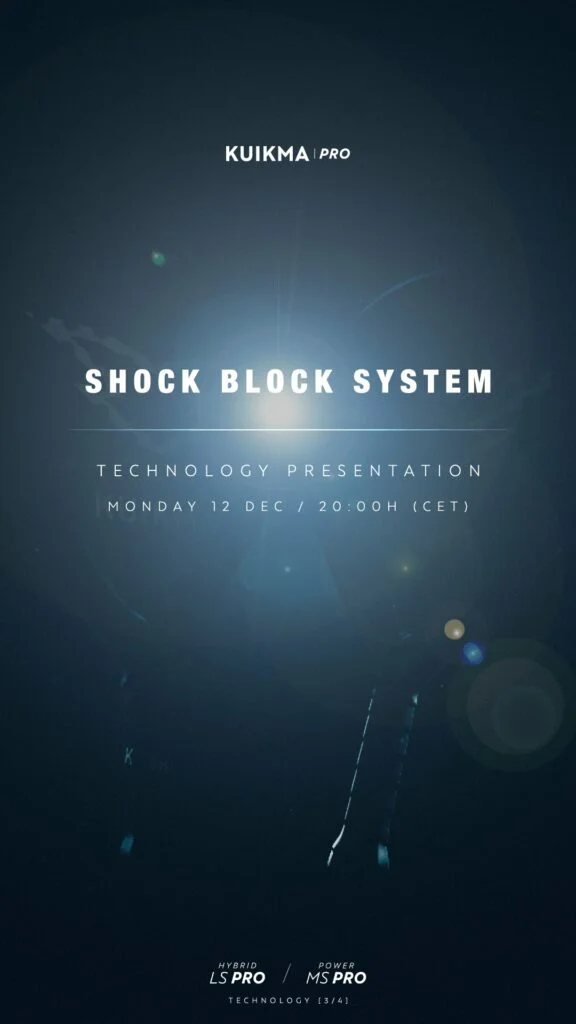
This technology uses an elastomer, commonly called “rubber”, which has a high capacity for elasticity and absorption.
The vibrations felt at the level of the handle are mainly due to the impact of the ball on the head. The Shock Block System targets the entire shaft to effectively reduce these vibrations. This technology has been approved by the Testea laboratory Padel in Valencia, specializing in padel, which measured the effect of this technology and certified a reduction in vibrations of 10% to 30%, depending on the speed and type of blow.
After having detailed all the on-board technologies, let's now go to the pure and hard test.
MS Pro
La MS Pro is an attacking racket, like its designer Maxi Sánchez, an aggressive left player who does not do half measures at the net.
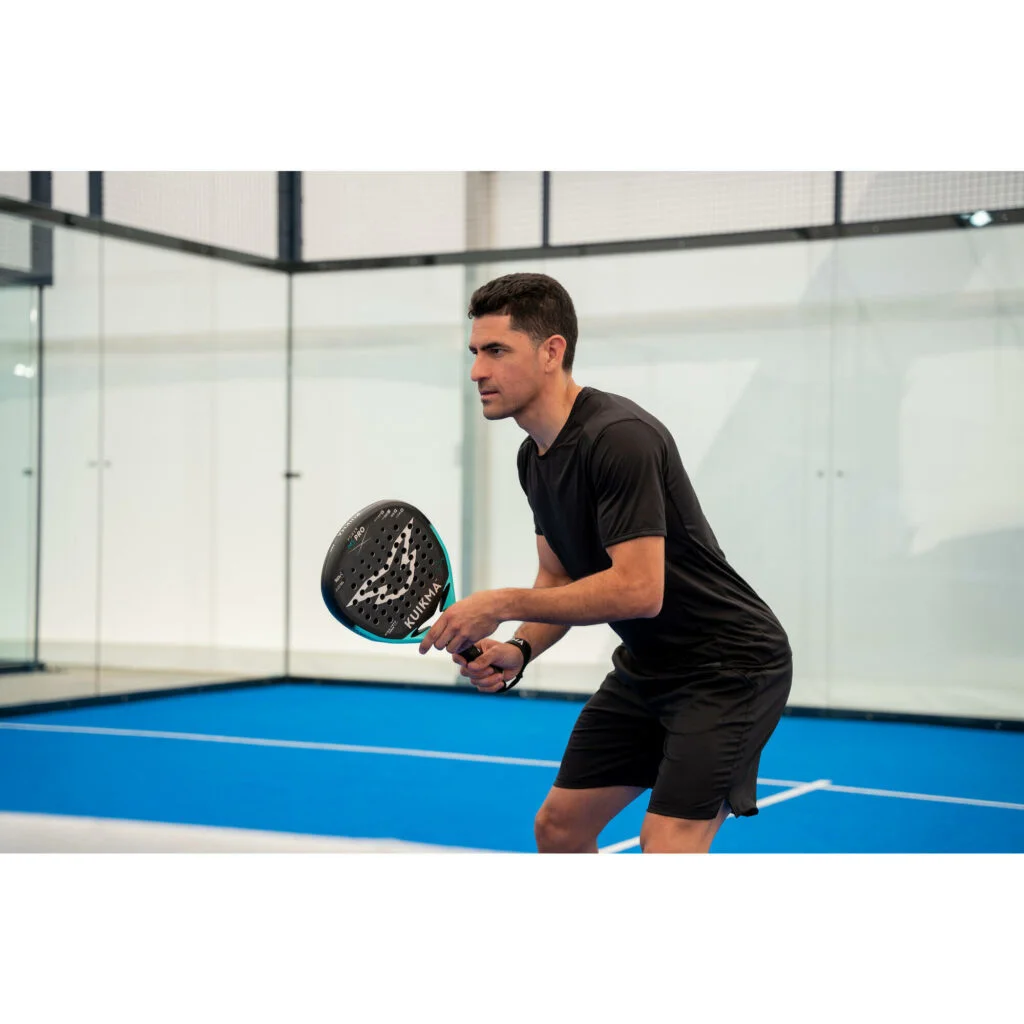
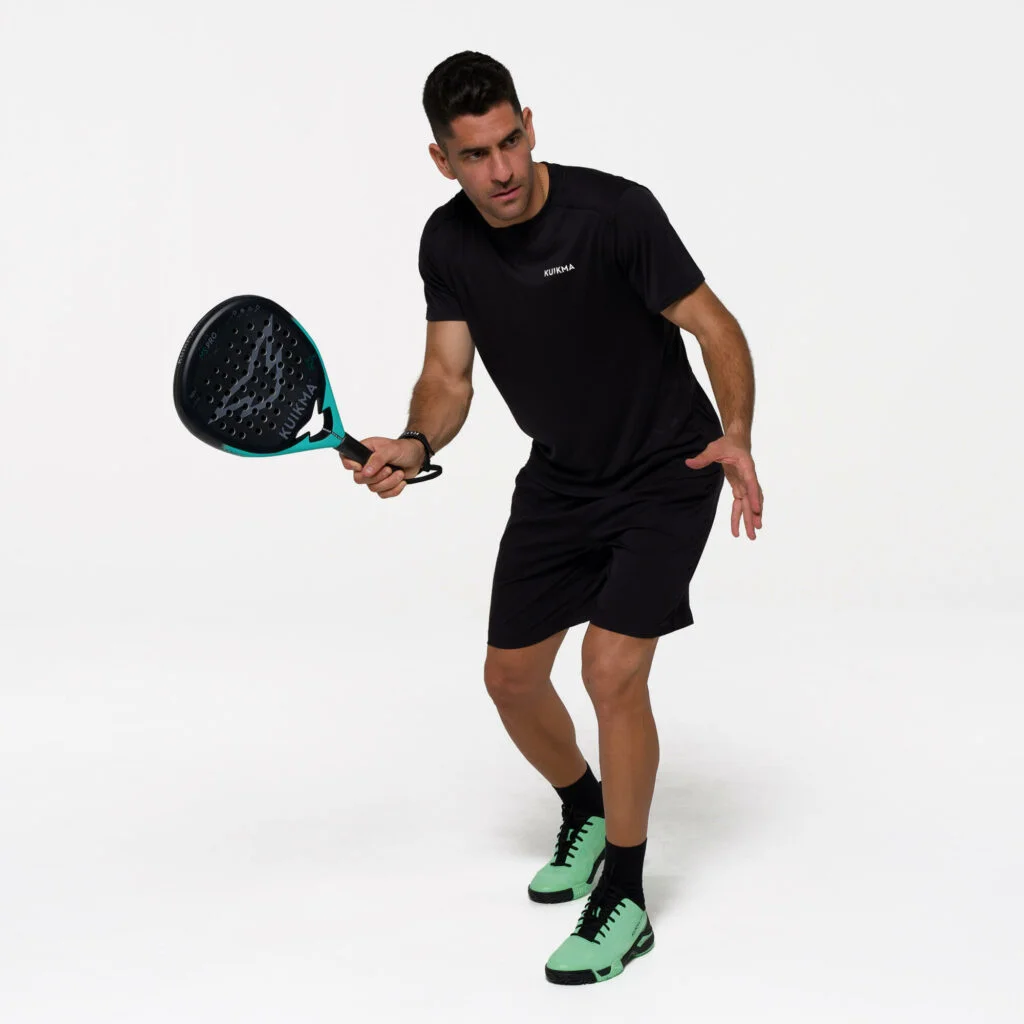
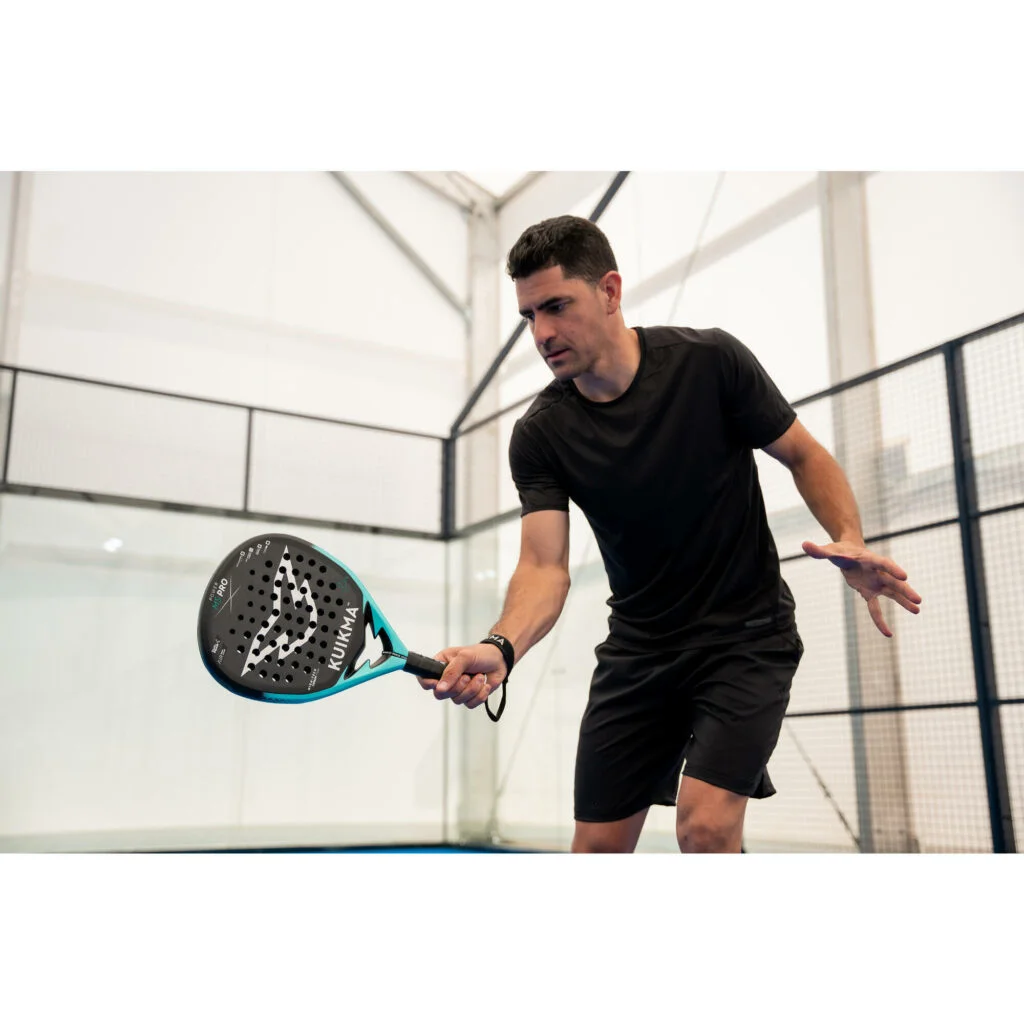
The volleys are clean, salient, the responsiveness is exceptional, the balance of this pala is calibrated with small onions in order to be as manageable as possible in the turbulent and dazzling phases of play.
But strangely, the balance on this racquet has been brought back to the handle, because in the standard, the diamond shapes generally have a fairly high balance!
The touch is very hard when you hit hard thanks to Dual Foam, a double density core with a more compact outer layer and a softer inner layer to better adapt to the shot you are going to prepare.
The smashes are done with authority and weight, and it's a real treat to hit the ball in order to bring lightning to the opposing camp.
I was amazed at the ease with which I was able to squirt the balls in par 3, without necessarily being at 110% like the majority of amateur players, including myself.
In defense, I was afraid of being a little “on the street” because of the rigidity of this racquet, but in the end, the low balance of this pala compensates wonderfully.
The combination of fiberglass in the frame and in the faces brings this extra dynamism necessary when you are at the end of the race, cornered against your plexiglass.
The ball output generated by the fiberglass is therefore beneficial. This material also makes it possible to mutate vibrations and increase comfort.
We are there in the heart of the product, a racket developed with a precise combination of technology to maximize the power of each shot, while maintaining a certain control and a modular shot quality.
The LS Pro
The version LS Pro is a hybrid shaped pala with a neutral balance, therefore a little higher than that of its big sister MS.

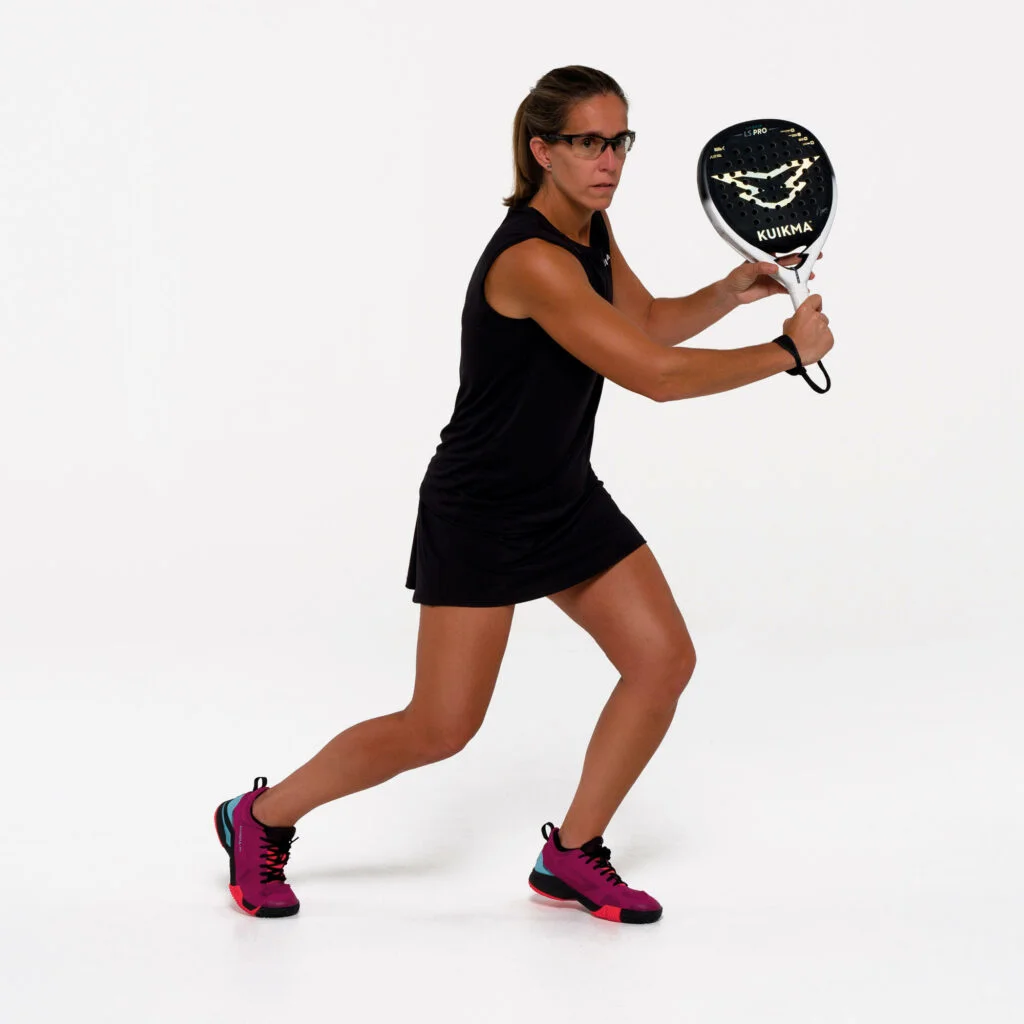
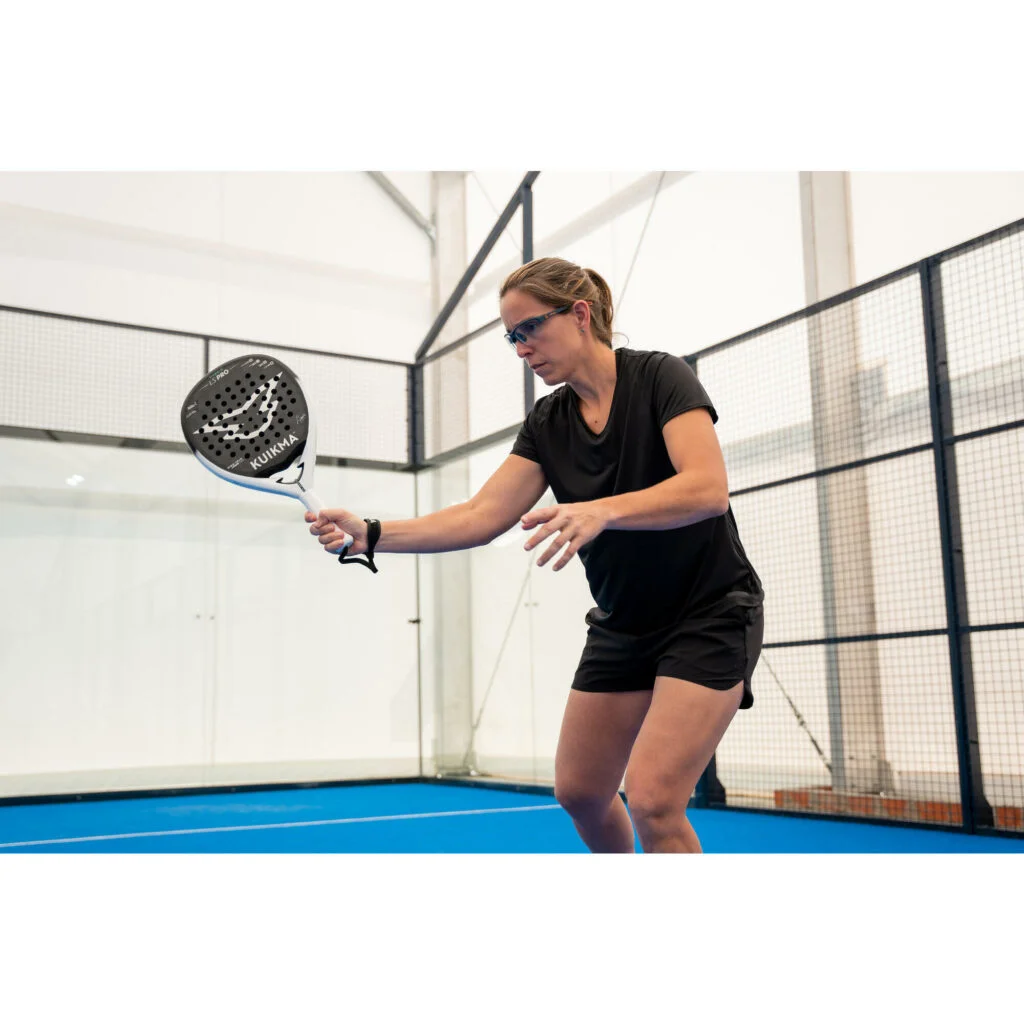
This difference in balance is not insignificant when you need a power boost, as it allows you to benefit from more gravity and use less force.
Oddly, with equal technology, I found its core slightly more flexible than that of the MS.
I focused solely on this aspect for more than 90 minutes, focusing specifically on the rigidity of the foam, supported by other players in order to discuss our feelings in the most impartial way. And the conclusion is unanimous, it's not striking, but we all distinguished a slightly less compact foam density, but significant enough to be mentioned.
Another singularity which deserves to be pointed out, the handle is less big on the LS. This is not surprising knowing that these two palas were modeled identically on the models operated by the two stars.
In game, it's still a very pleasant reference, a little more restrictive, slightly more comfortable and a tad less powerful than the MS, because it's lighter and, as we saw above, less rigid.
Always very efficient in the defensive phases despite a slightly more consistent balance, this pala will also delight a very wide spectrum of players.
Conclusion
Identifying, disentangling, perceiving, recognizing and proclaiming are the key words when carrying out extensive tests in order to enlighten as much as possible potential customers who want as much “credible” information as possible in order not to make a mistake in the purchase. they are about to unleash.
MS is a lightning racket, with splendid cosmetics, and which requires a certain level of play in order to be fully exploited. Indeed, it is quite rigid, ultra precise and manageable, but with a relatively small sweet-spot.
The LS is slightly less maneuverable, more stable, and also visually very successful.
Be careful, it still remains very dry on impact and we are light years away from EVA Soft rubbers and / or 100% fiberglass coatings.
This is why it is imperative to mention that it is a versatile pala, but which is also aimed at a fringe of players with many gaming sessions on the clock.
Even if it is a Lucía Sainz signature, Kuikma had the intelligence to display neutral colors so as not to cause confusion as to the category of future buyers.
Ultimately, these two models look alike like two drops of water on paper, but keep a specific DNA which makes it easy to differentiate them.
Kuikma has hit hard for a first foray into the field of "high-end" references, and it is clear that at 200 €, you benefit from all the know-how of this brand perfectly supported by the conductor Clementi and guided by two former world numbers 1 who know what they are talking about when it comes to orienting towards this or that direction.
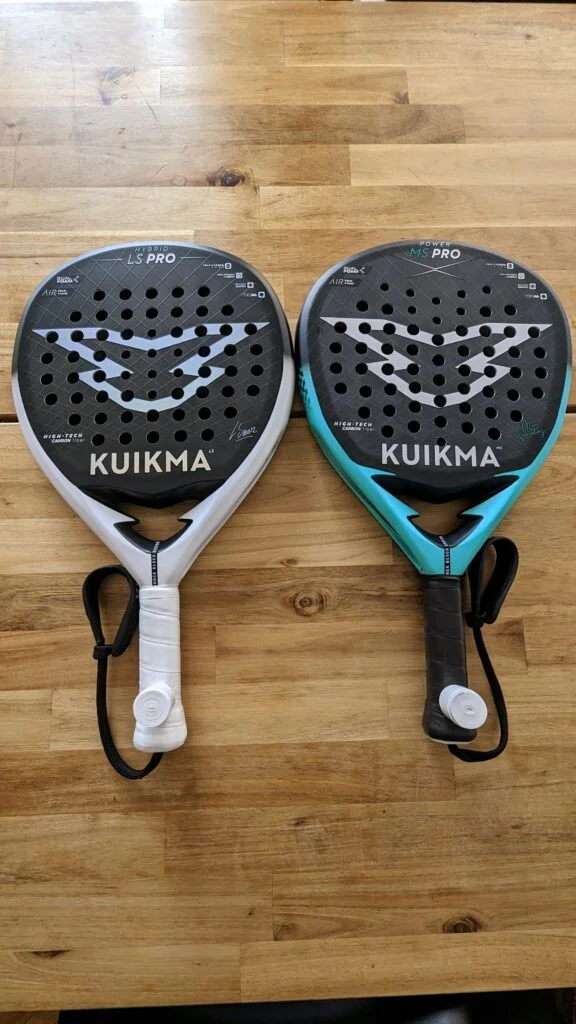
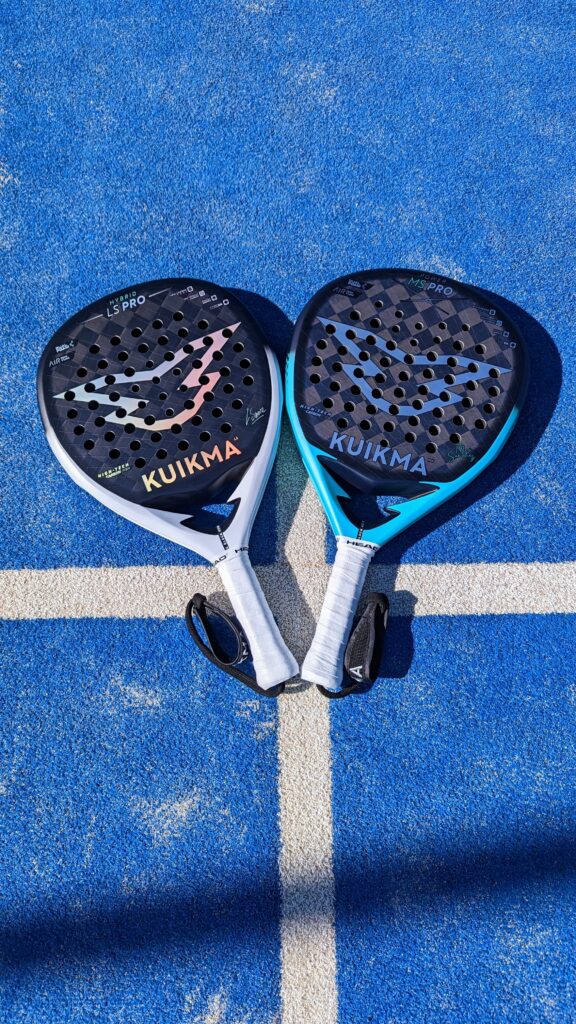
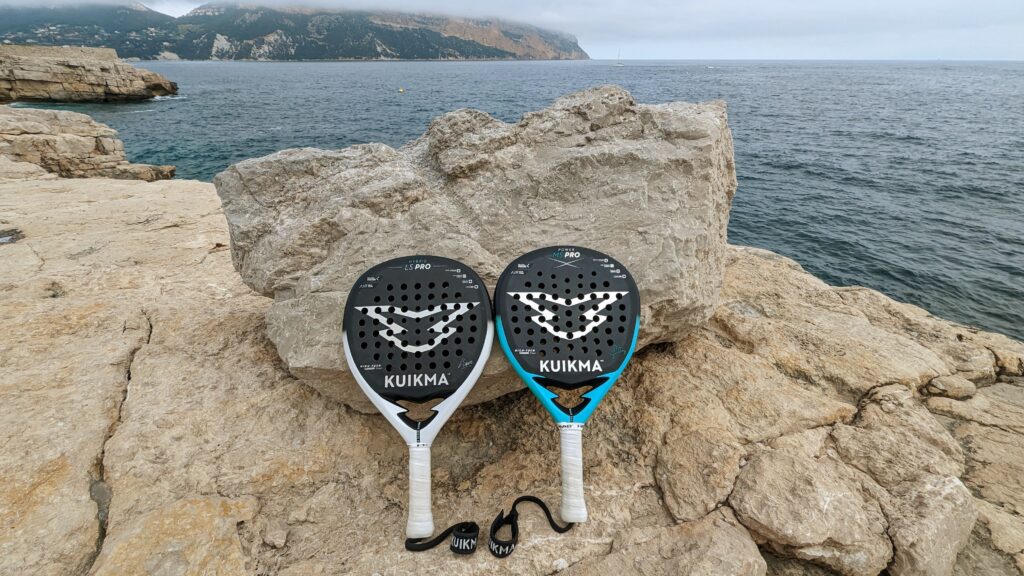
Many thanks to Baptiste Savary (Sales Director France at Kuikma) for sending the palas.
Fan of padel, Stéphane has become the official tester of the planet padel in Europe. Everything goes through his expert hands. Thanks to his extensive experience in the snowshoeing world, he is able to scan your gear from head to toe!




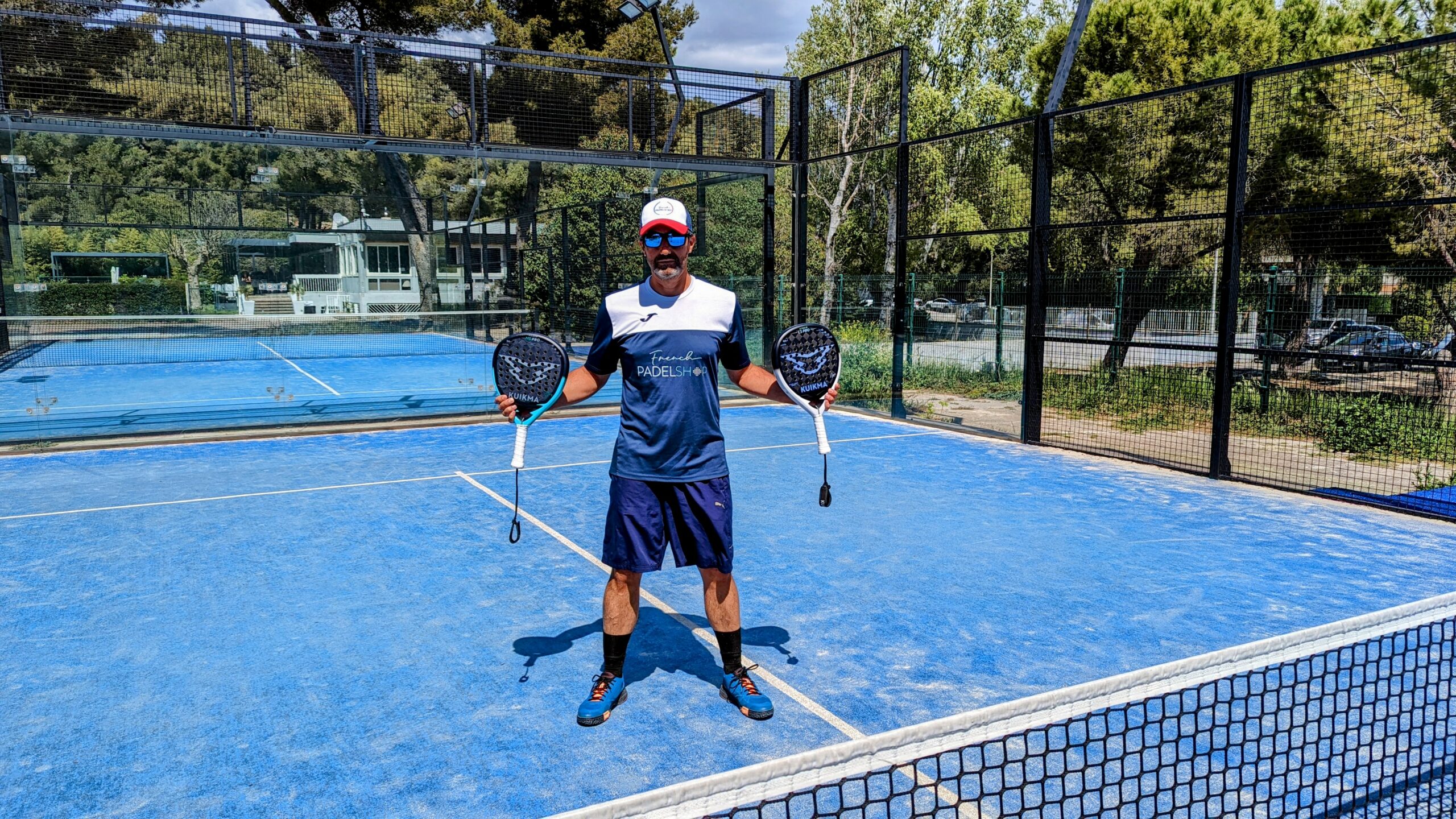











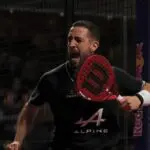

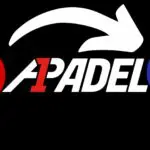


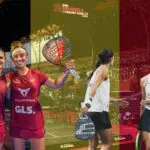
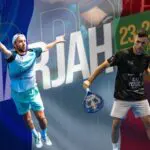
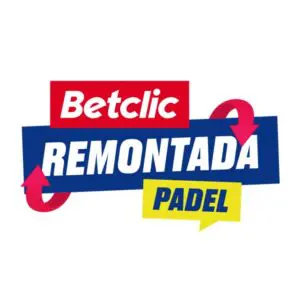





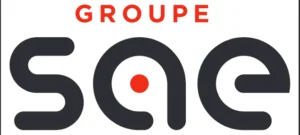




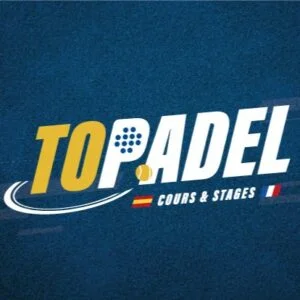

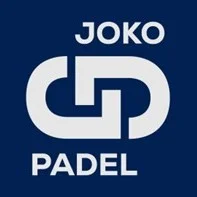

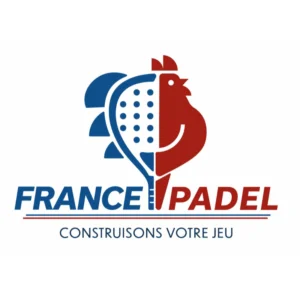
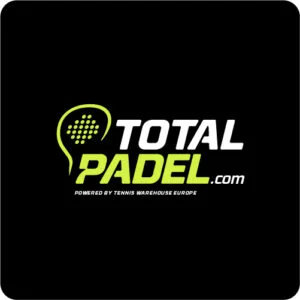
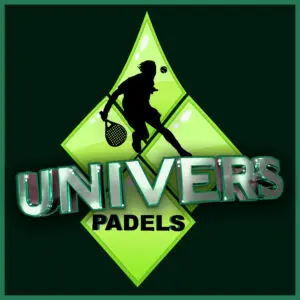
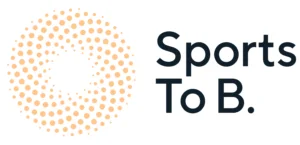
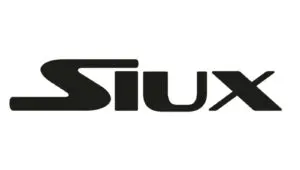
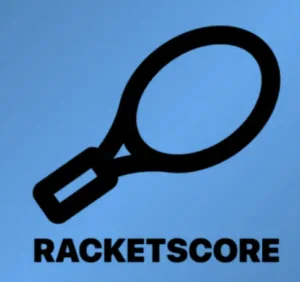
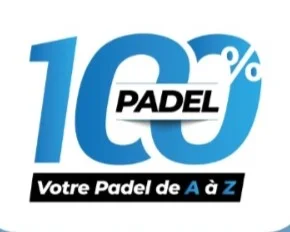
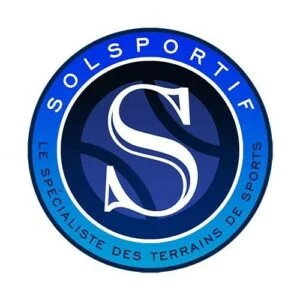
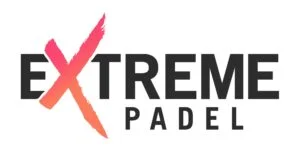
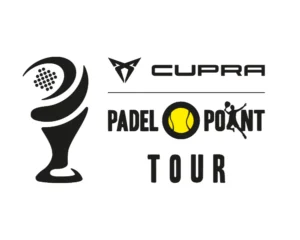



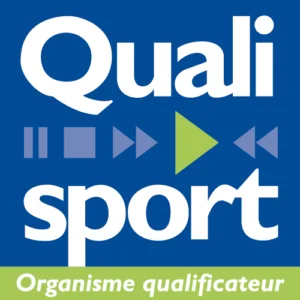

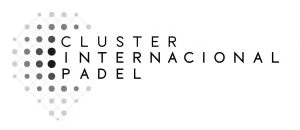
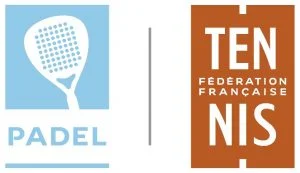
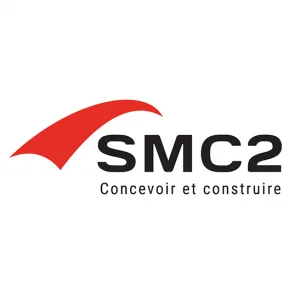

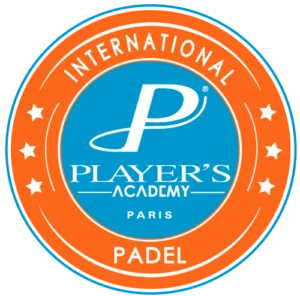
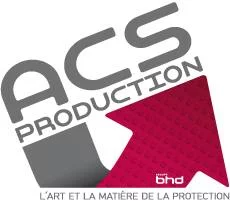

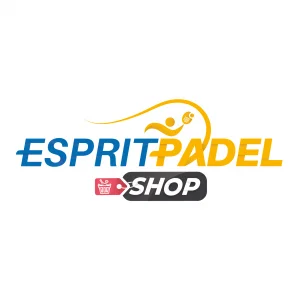
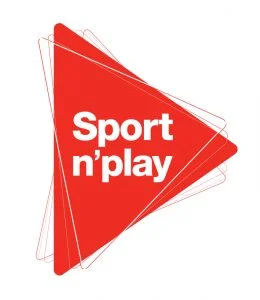



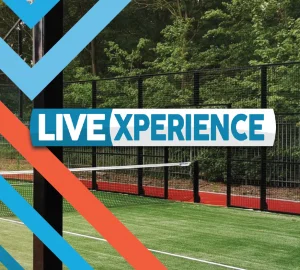
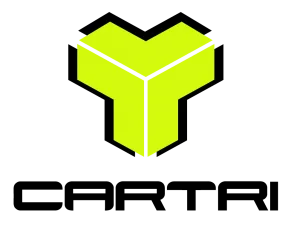
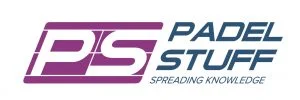
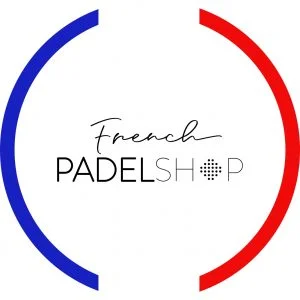
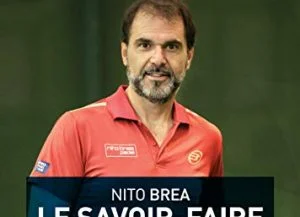
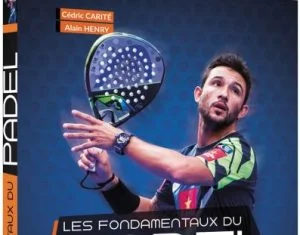



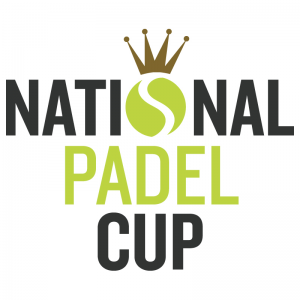
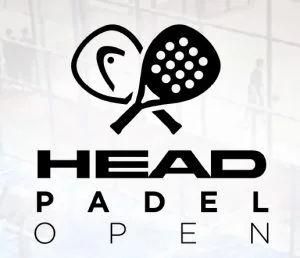
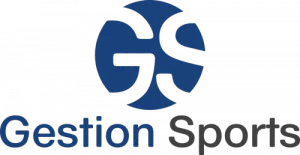
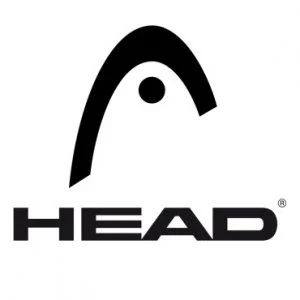


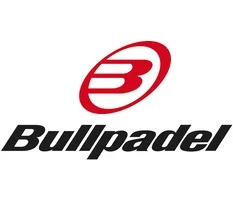



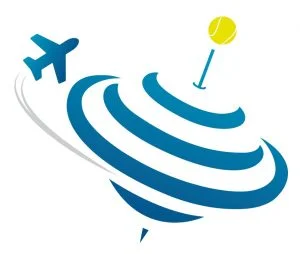
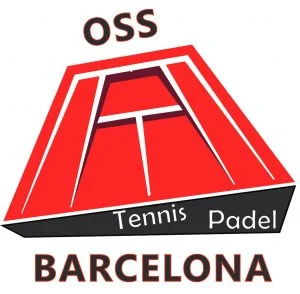
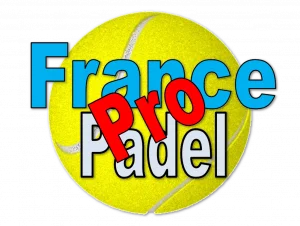

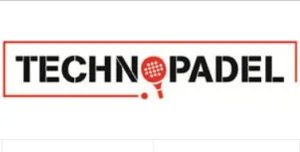
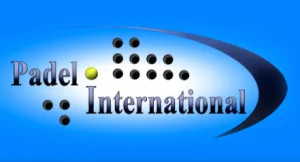

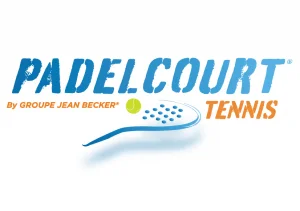
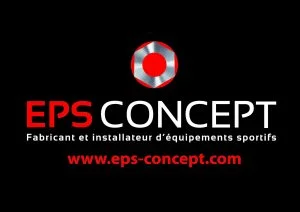
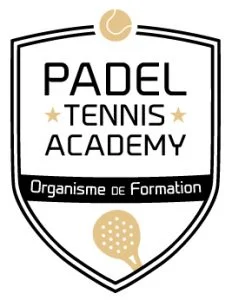
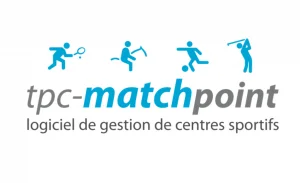

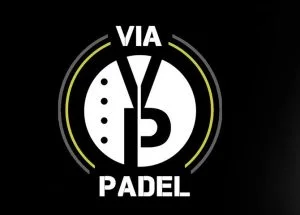




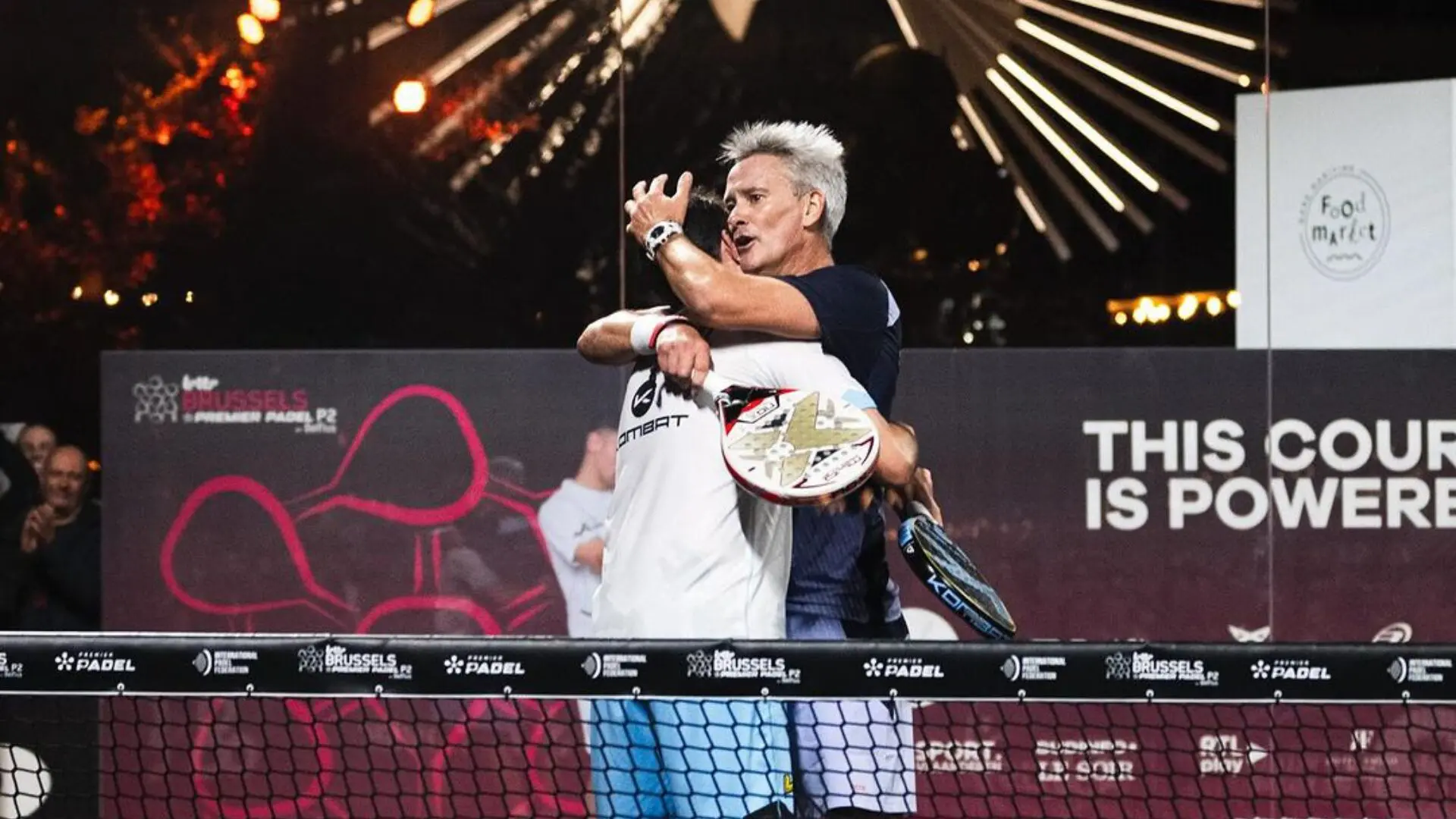 Big evening in Brussels with two seeded players on the mat, heckled number 1s…
Big evening in Brussels with two seeded players on the mat, heckled number 1s…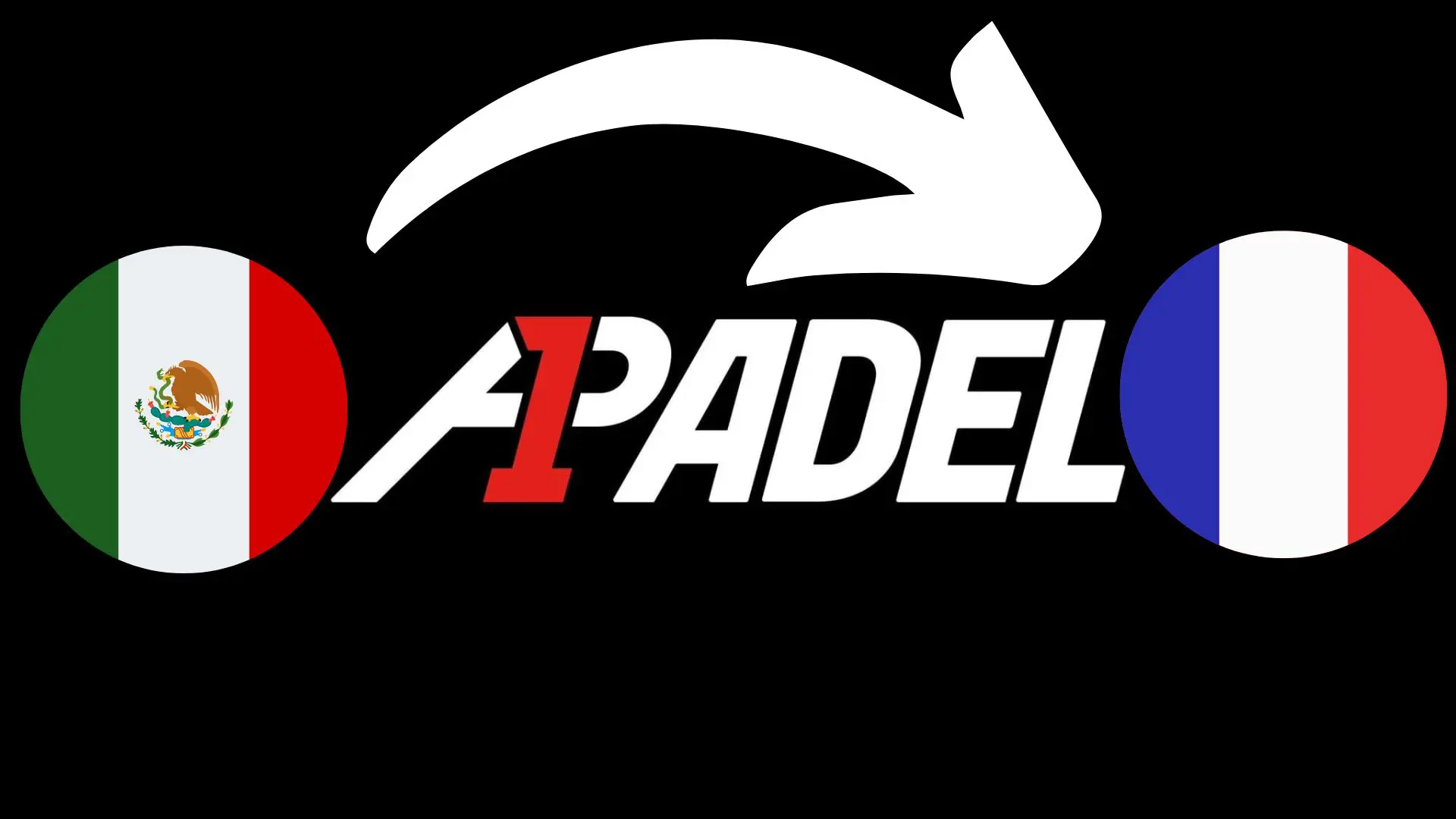 A1 Padel – the French Open replaces the Mexican Open on the calendar
A1 Padel – the French Open replaces the Mexican Open on the calendar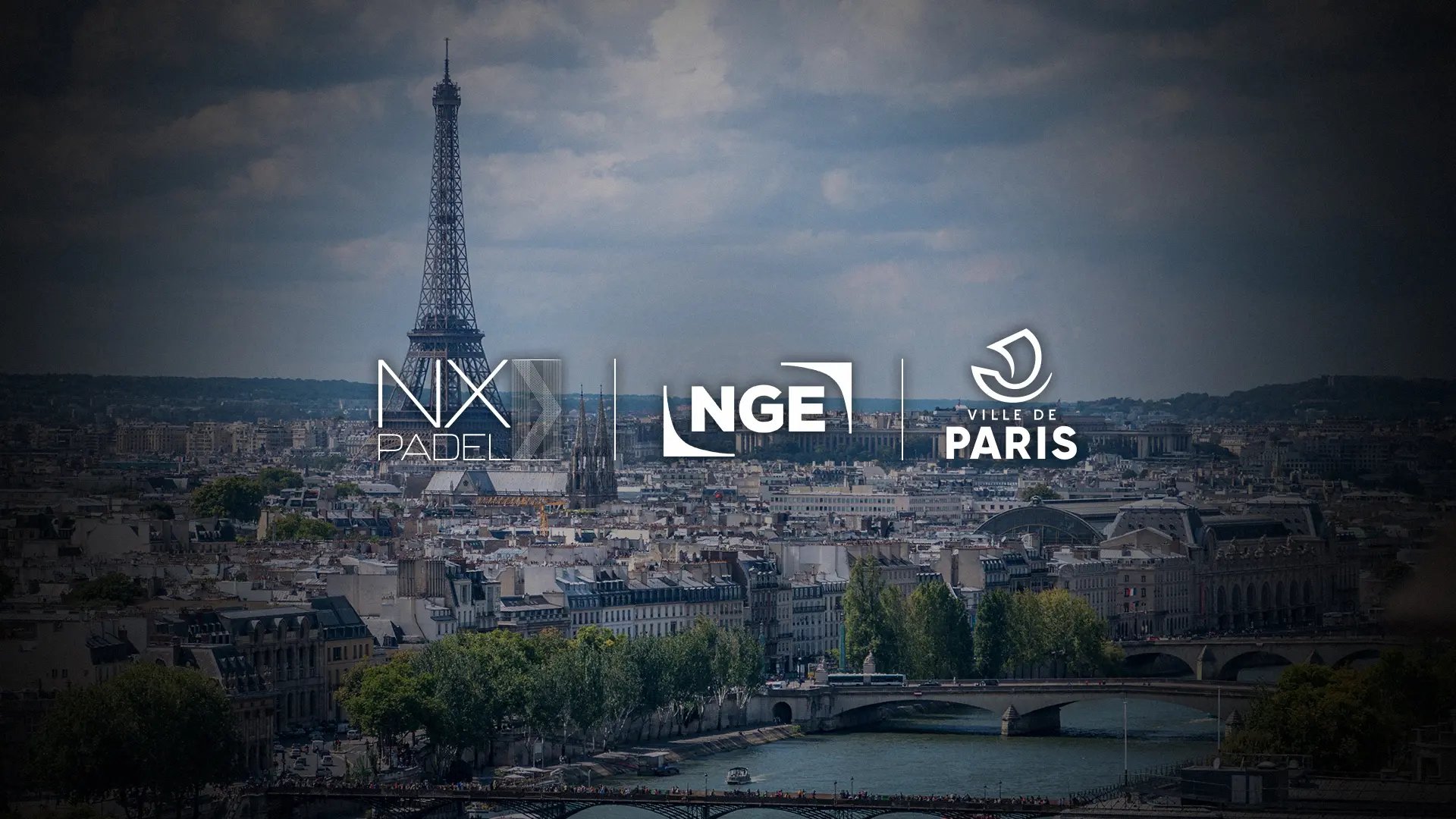 4 Fiberglass Padel Courts for The Ville de Paris: a choice that looks to the future
4 Fiberglass Padel Courts for The Ville de Paris: a choice that looks to the future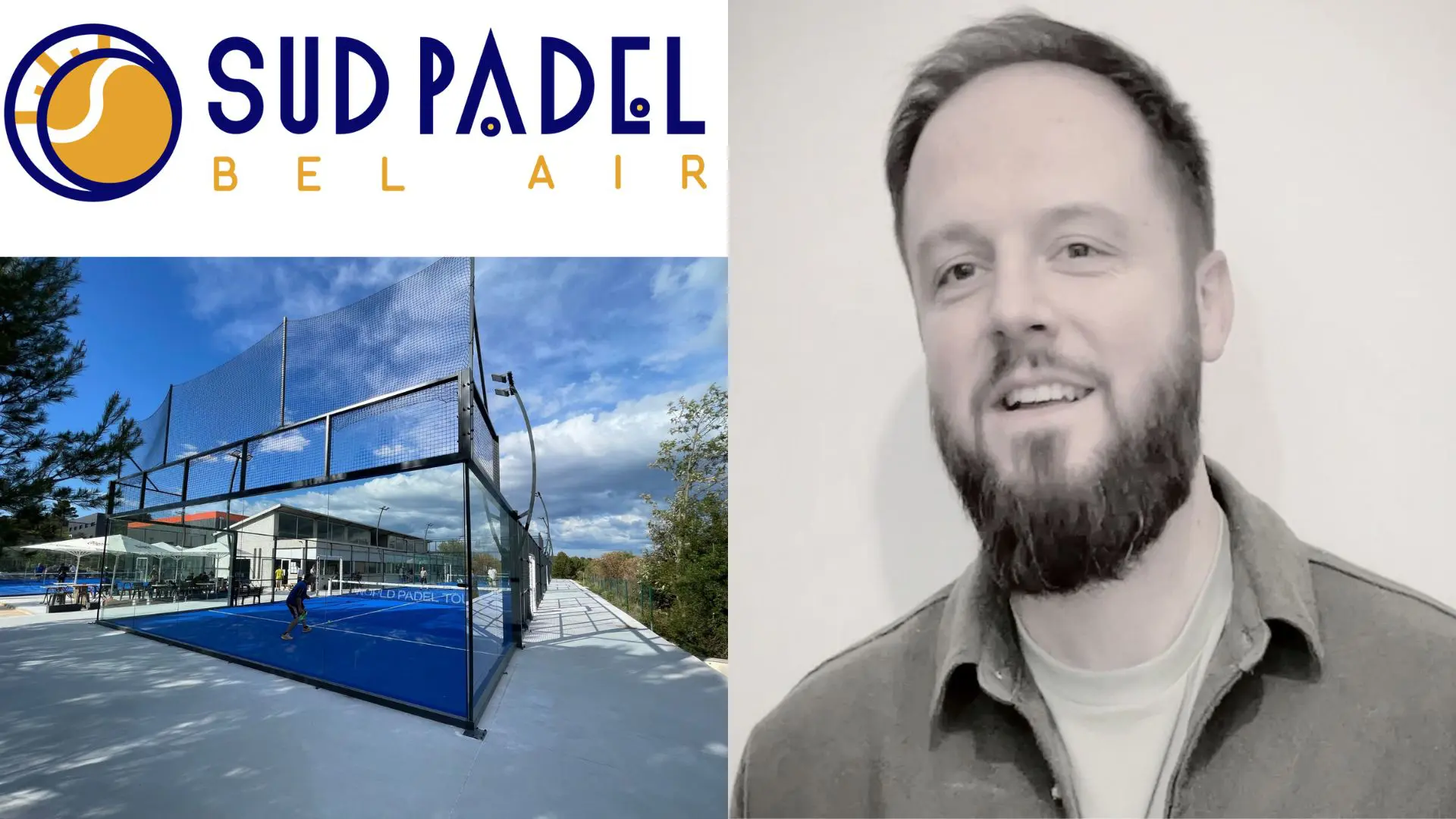 Guillaume Codron de Sud Padel : “A family project”
Guillaume Codron de Sud Padel : “A family project”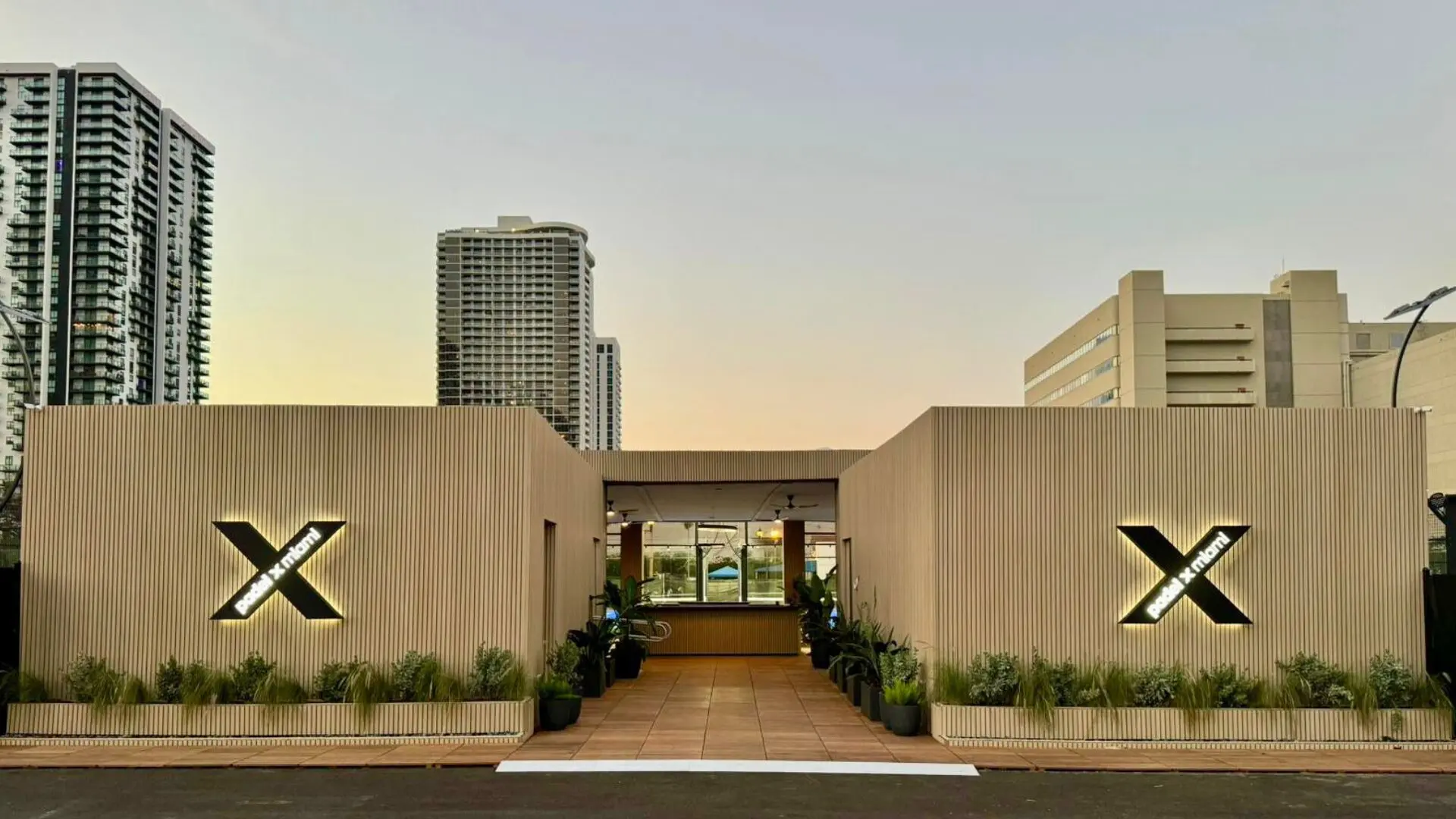 Nallé Grinda: “Democratize the padel in the USA with PadelX "
Nallé Grinda: “Democratize the padel in the USA with PadelX "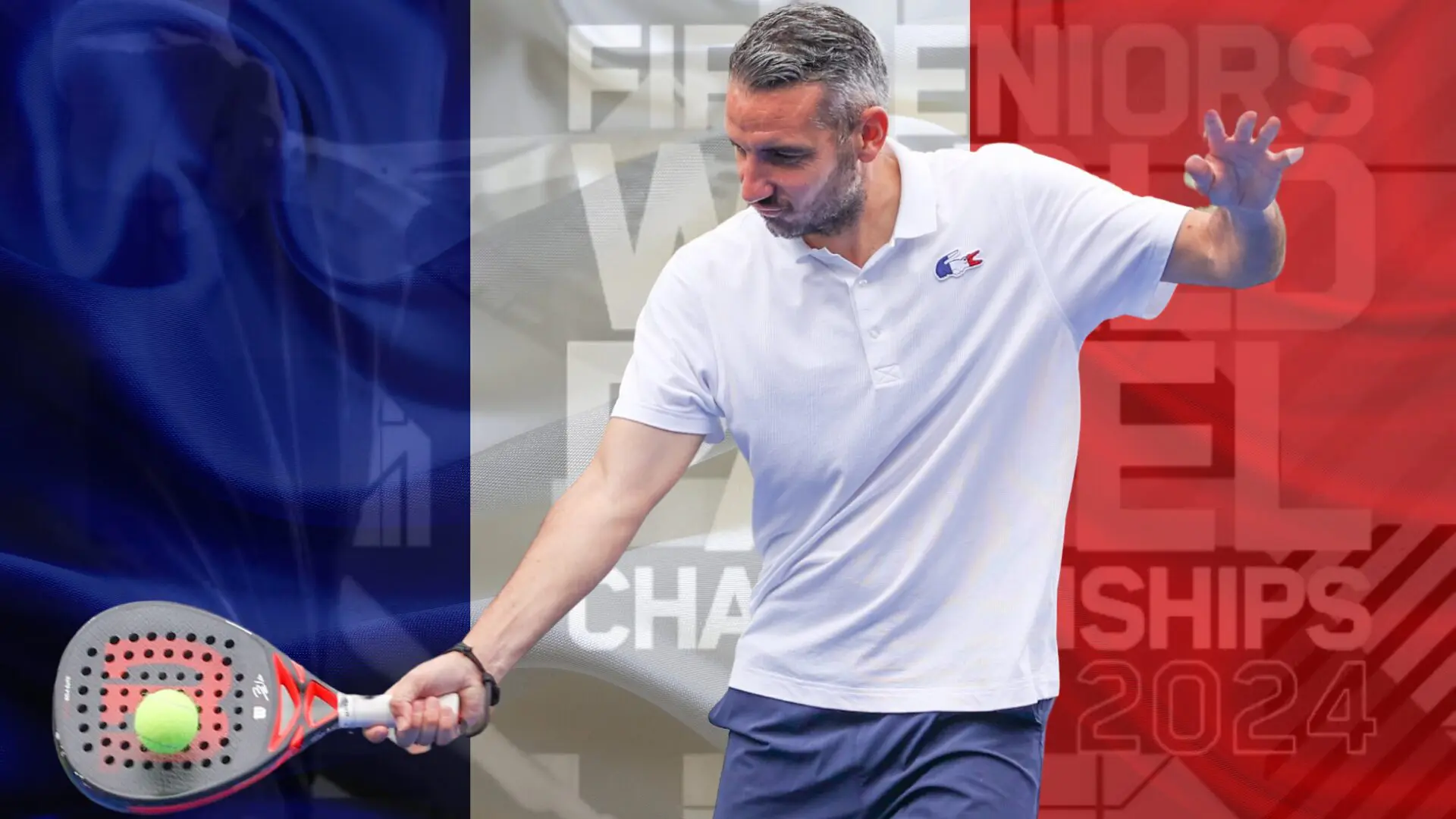 Simon Boissé: “We know that there are two nations in front of us”
Simon Boissé: “We know that there are two nations in front of us”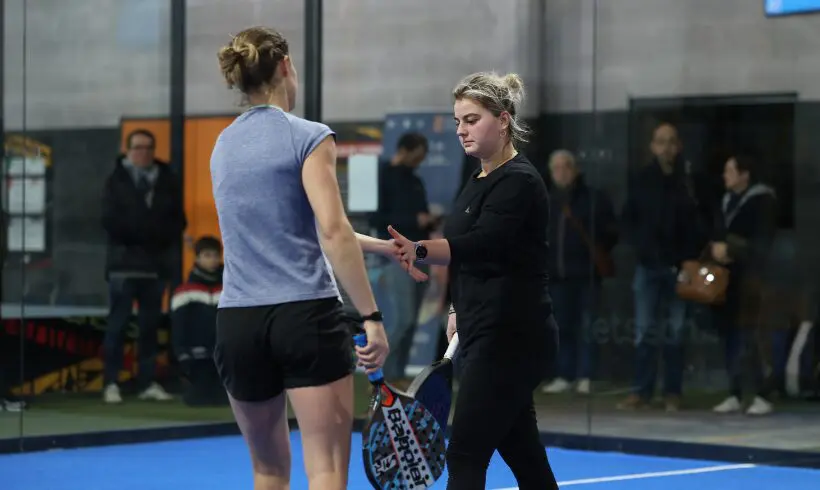 Marie Maligo: “This period of frequent changes of partners was beneficial for me”
Marie Maligo: “This period of frequent changes of partners was beneficial for me”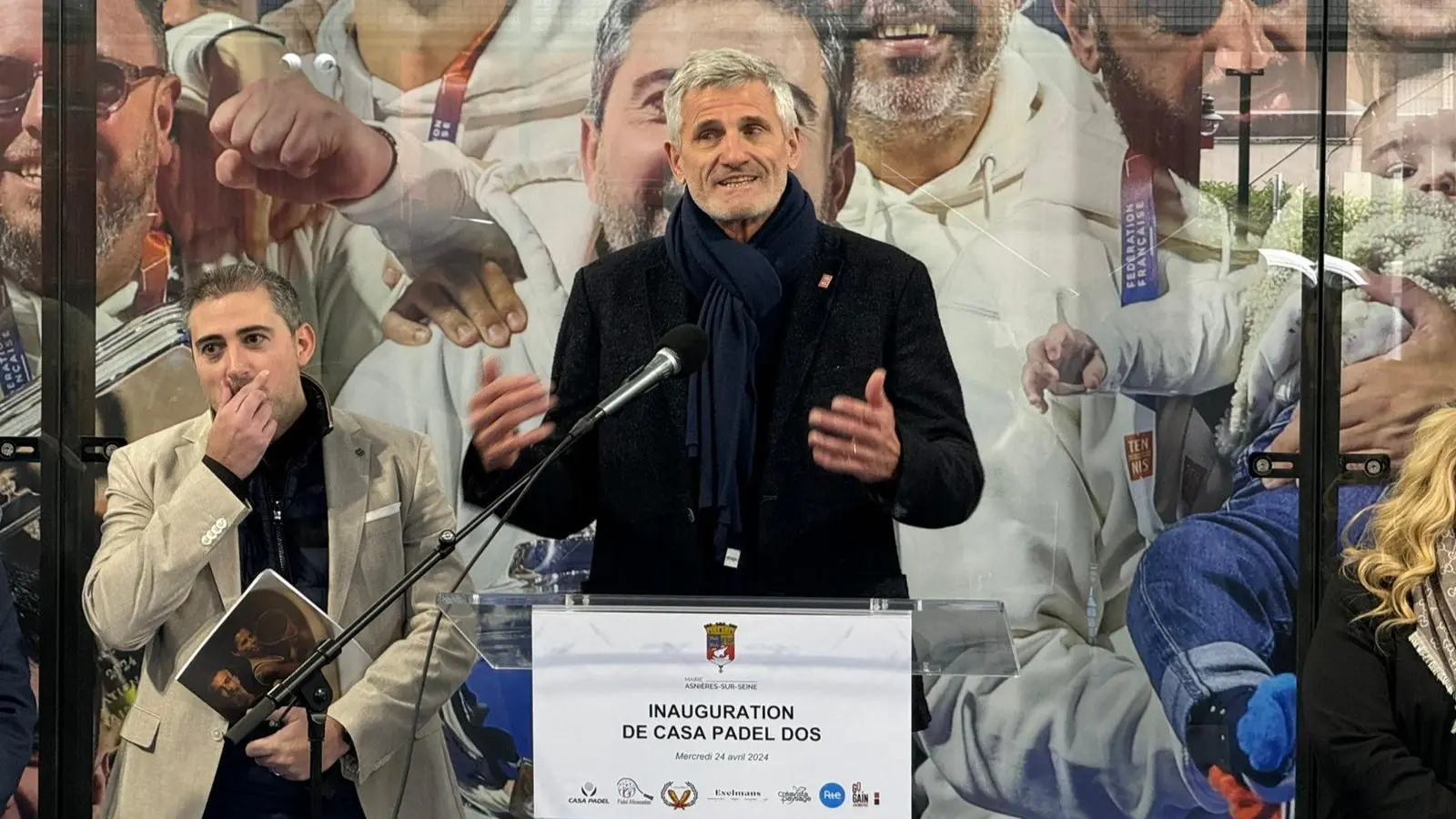 Gilles Moretton: “We will be able to put the padel at the level of tennis”
Gilles Moretton: “We will be able to put the padel at the level of tennis”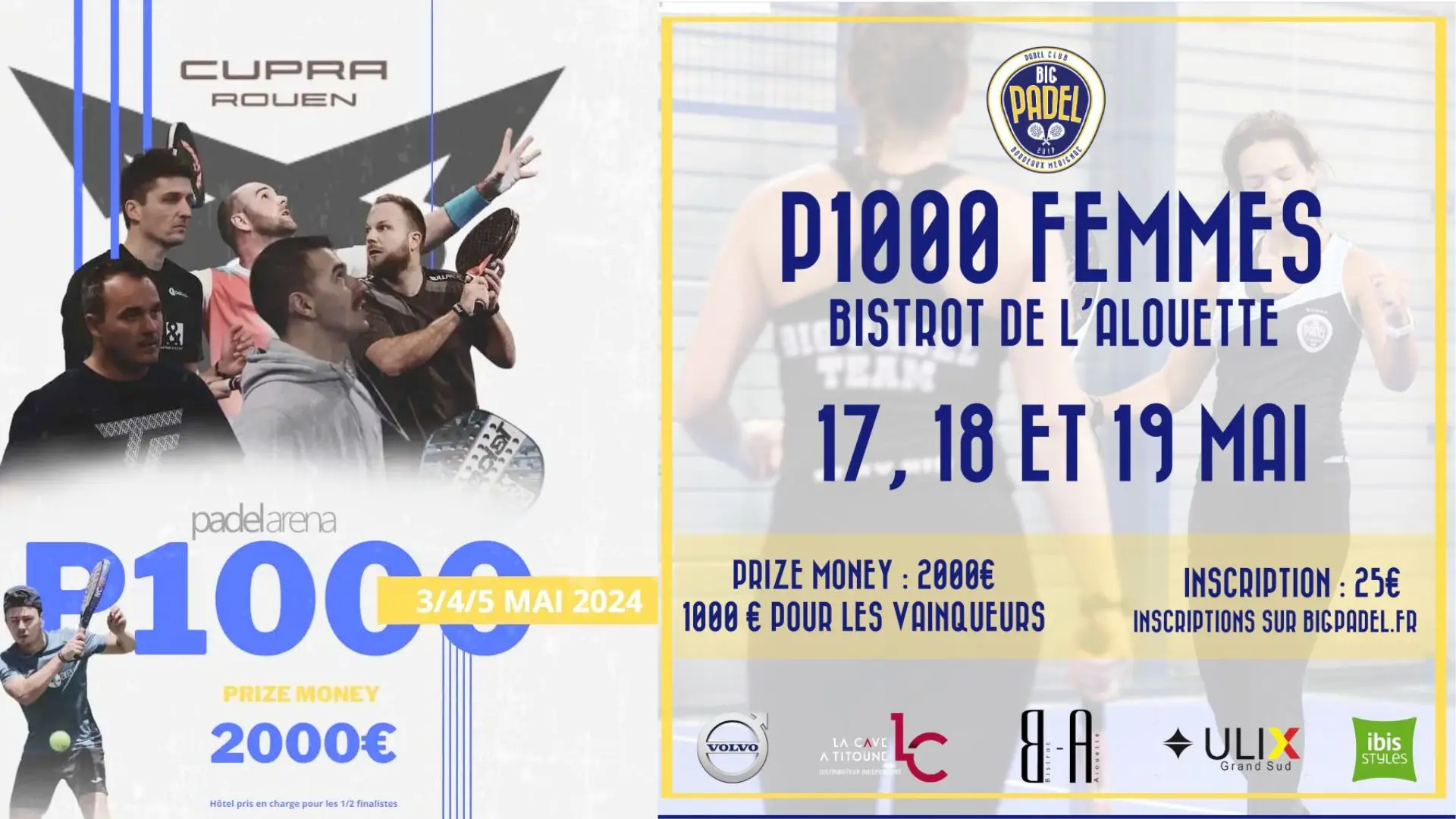 Two P1000 doubled prize money approaching!
Two P1000 doubled prize money approaching!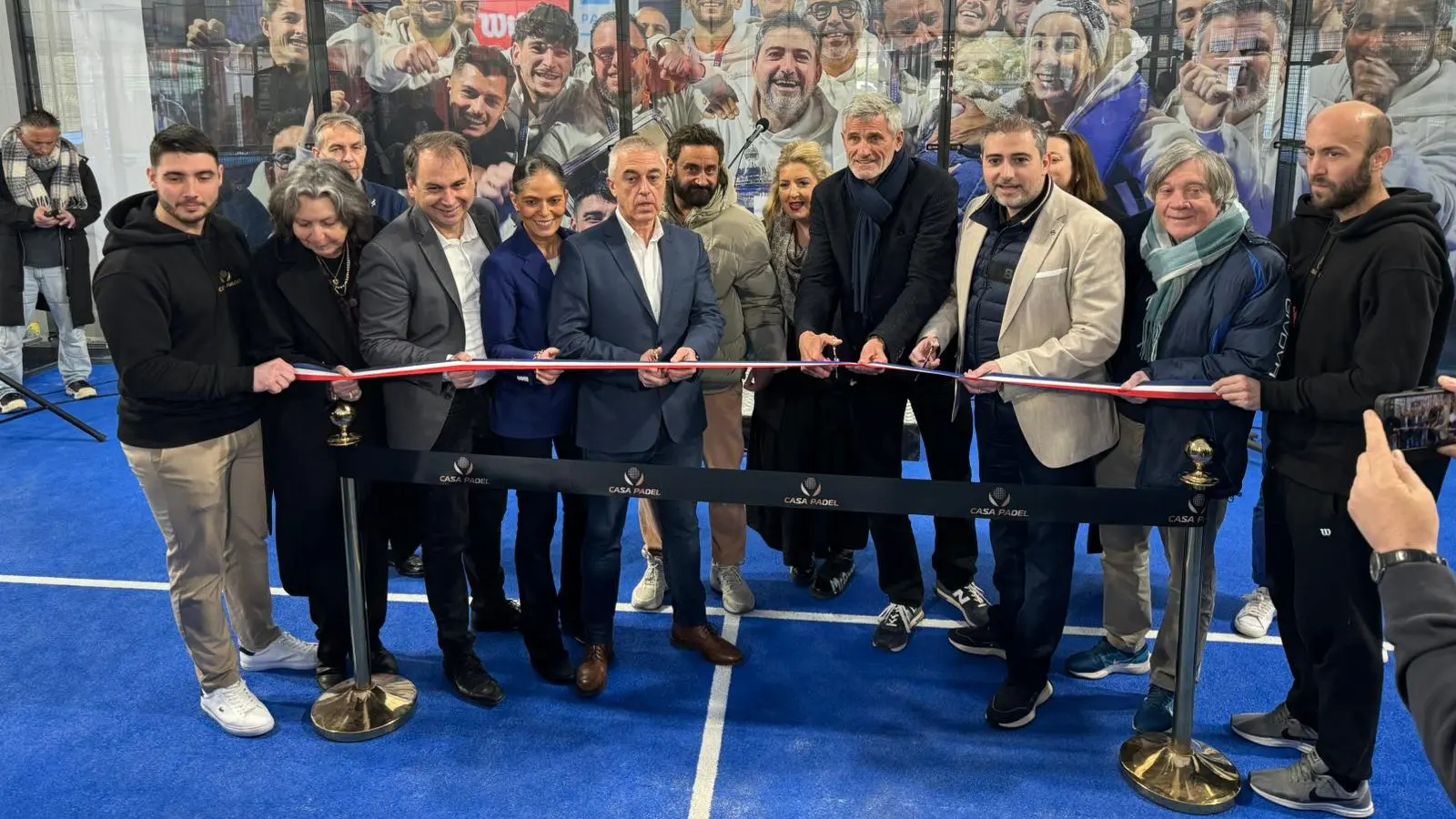 José Manuel Escin at the inauguration of Casa Padel DOS: “Finally, and thank you!”
José Manuel Escin at the inauguration of Casa Padel DOS: “Finally, and thank you!”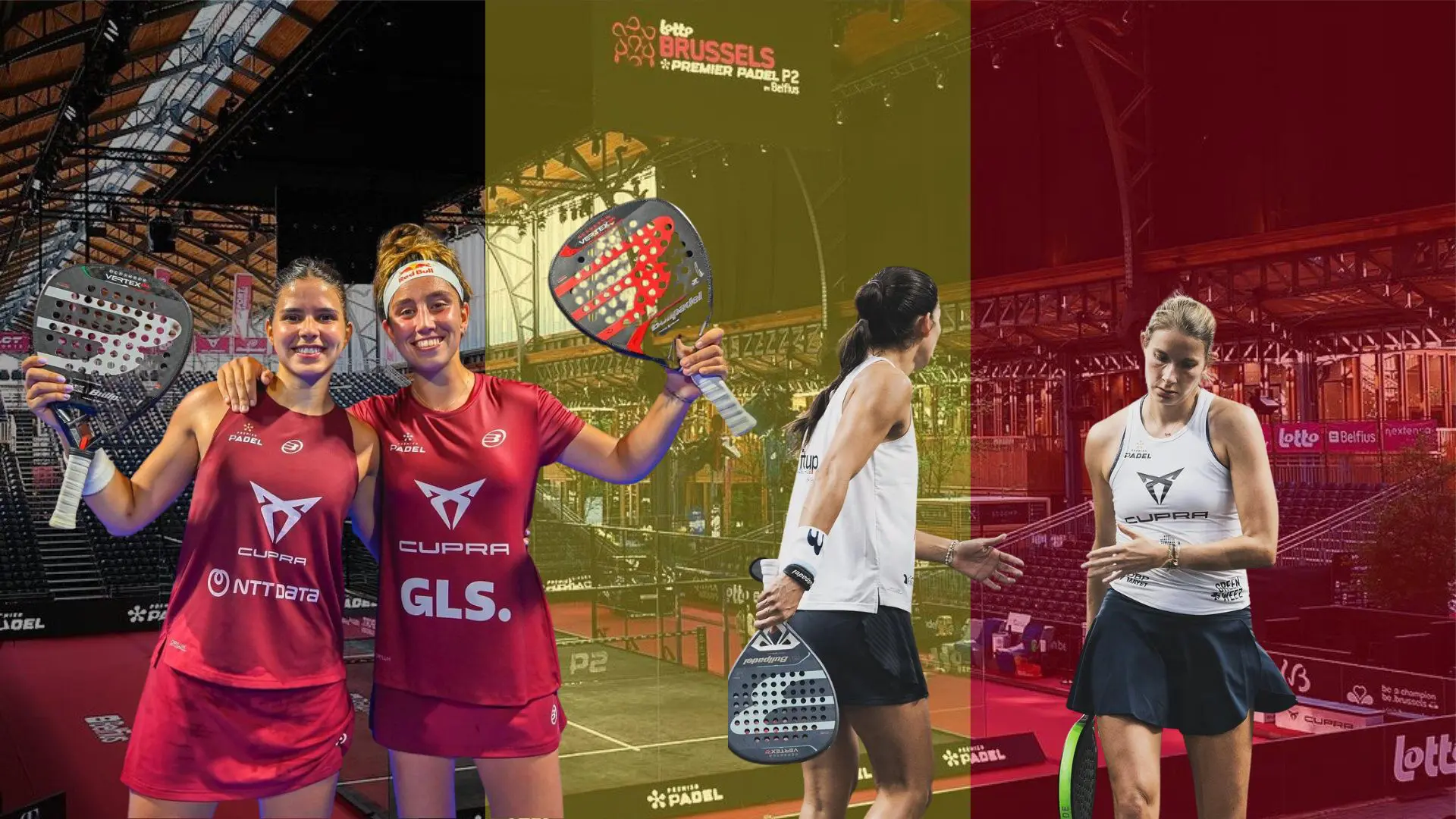 Brussels Premier Padel Brussels P2 – Collombon / Bidahorria falls against Brea / Gonzalez
Brussels Premier Padel Brussels P2 – Collombon / Bidahorria falls against Brea / Gonzalez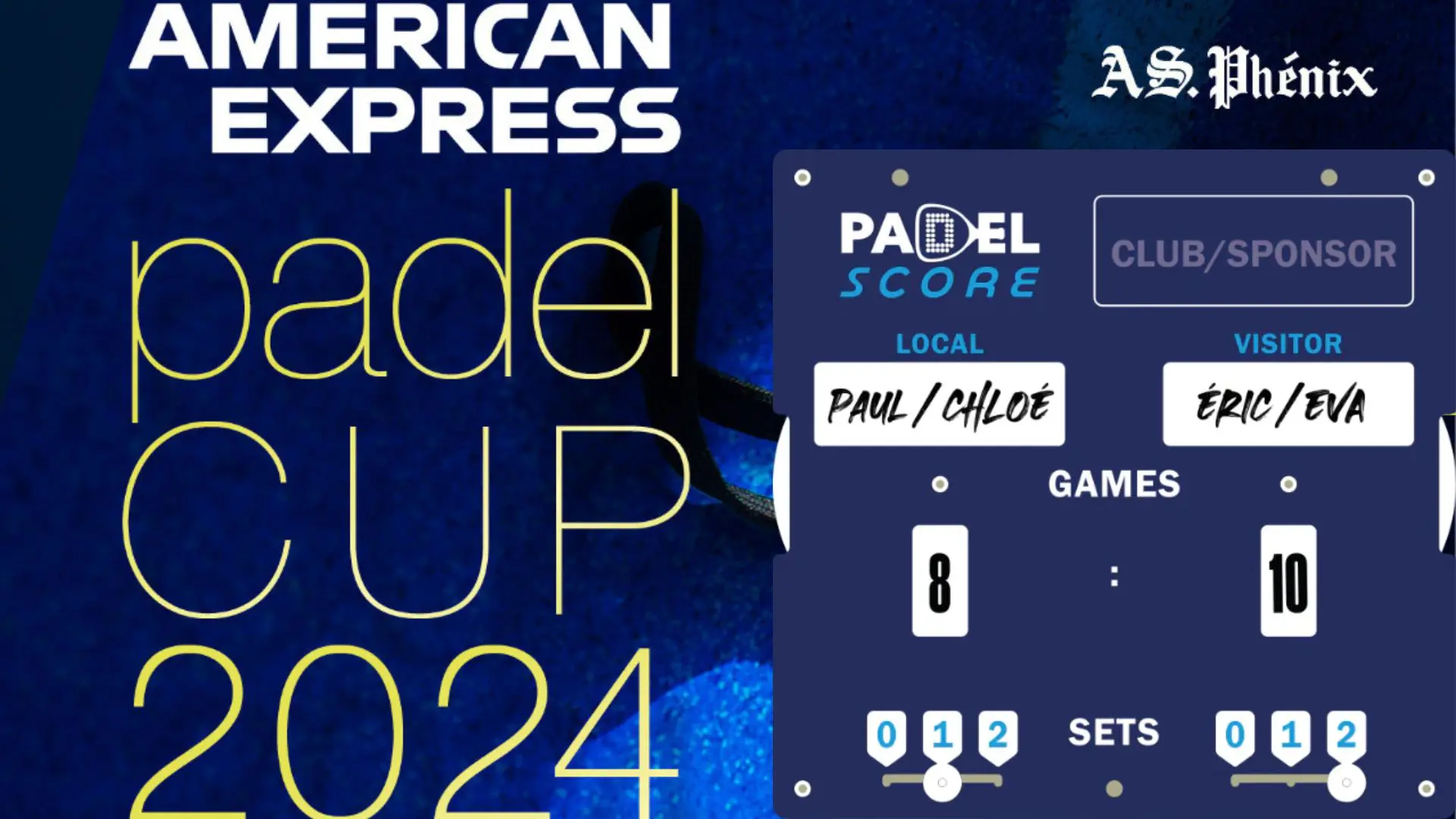 Padel Score comes to Tahiti for American Express Padel Cup!
Padel Score comes to Tahiti for American Express Padel Cup!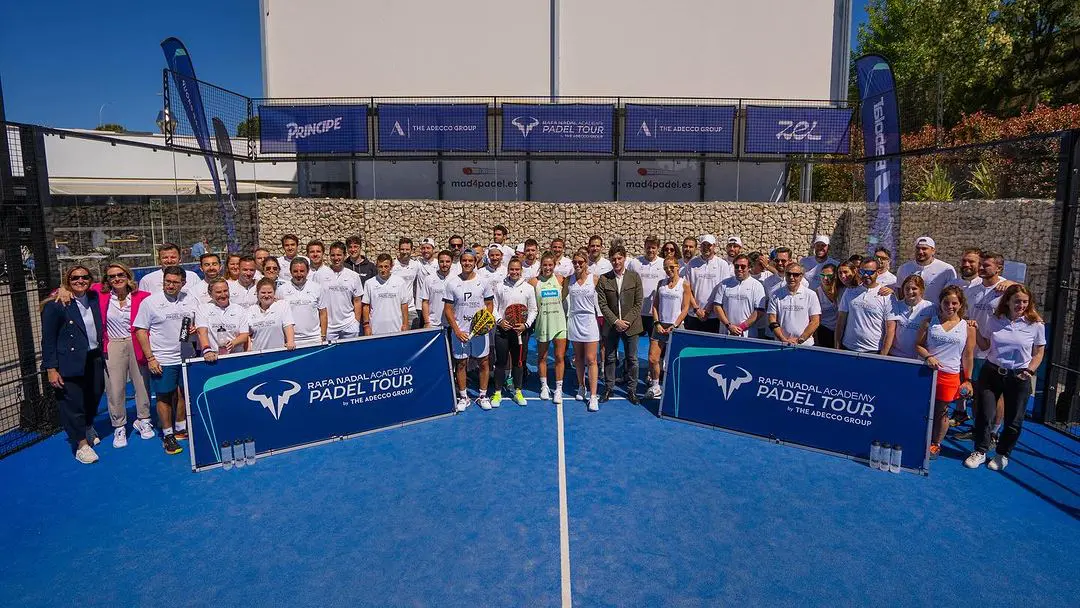 Do you know the Rafa Nadal Academy Tour?
Do you know the Rafa Nadal Academy Tour?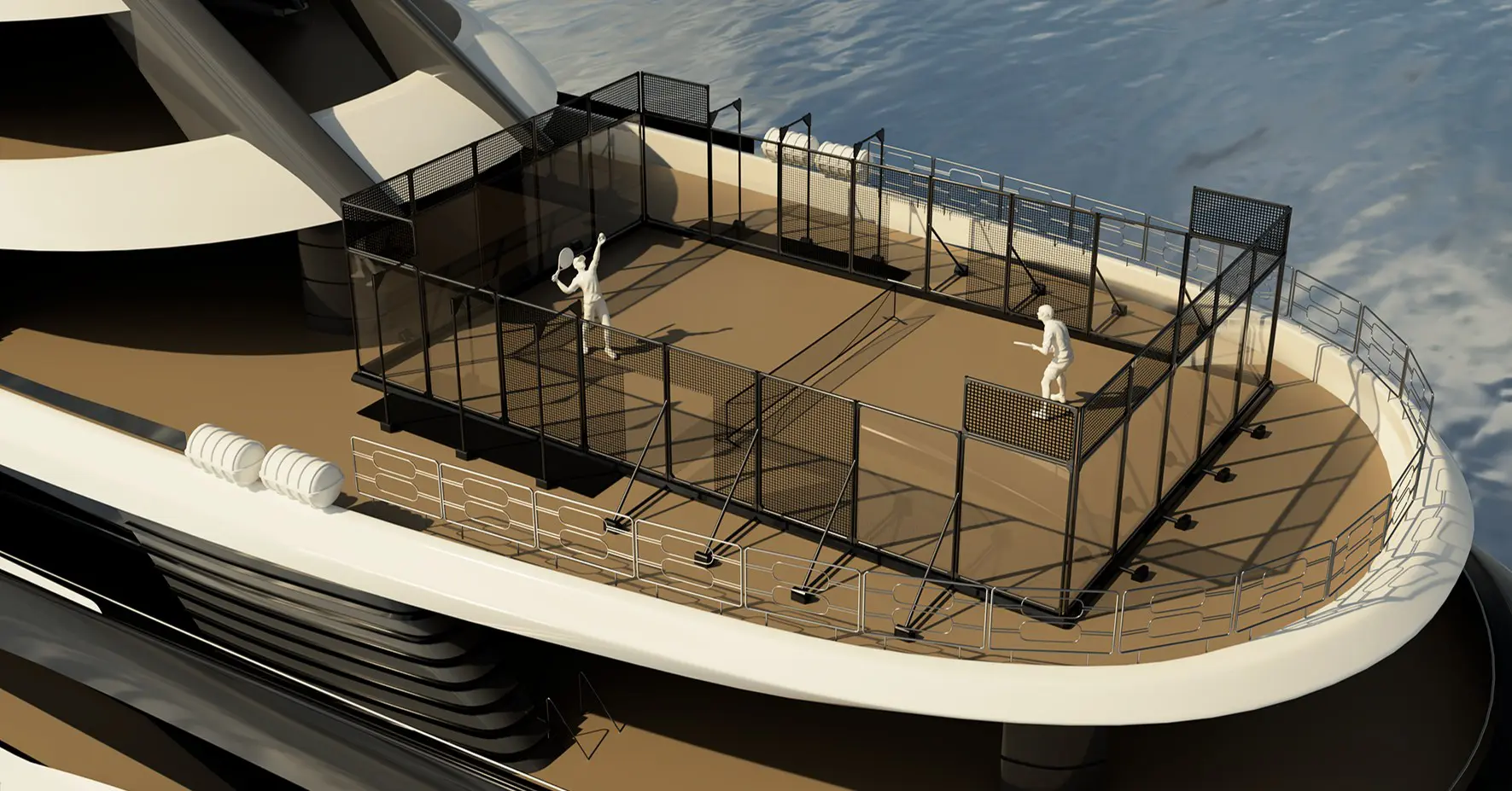 Play at padel on his yacht? Possible for €233.000!
Play at padel on his yacht? Possible for €233.000!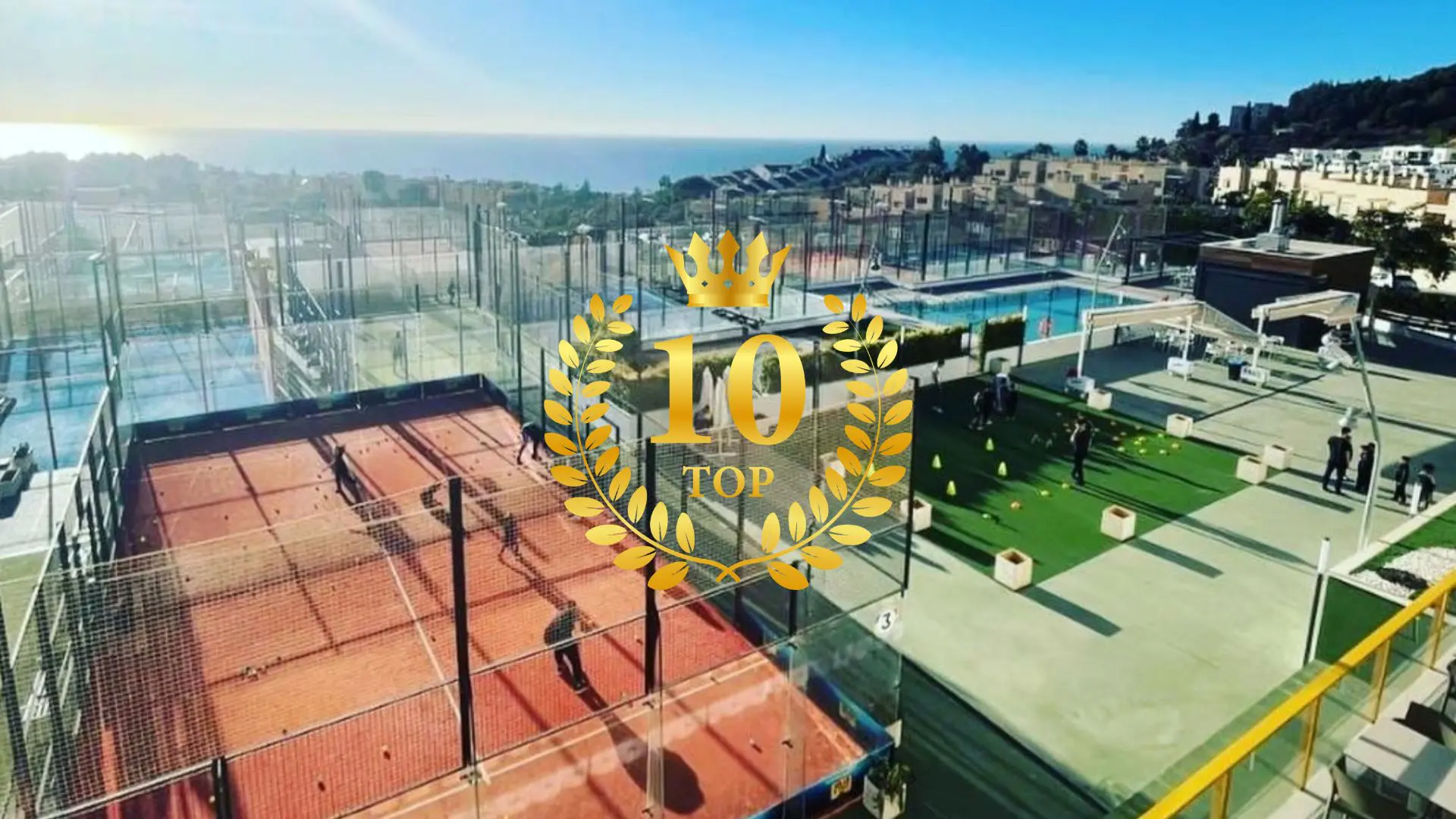 Our Top 10 training courses padel in France and Europe
Our Top 10 training courses padel in France and Europe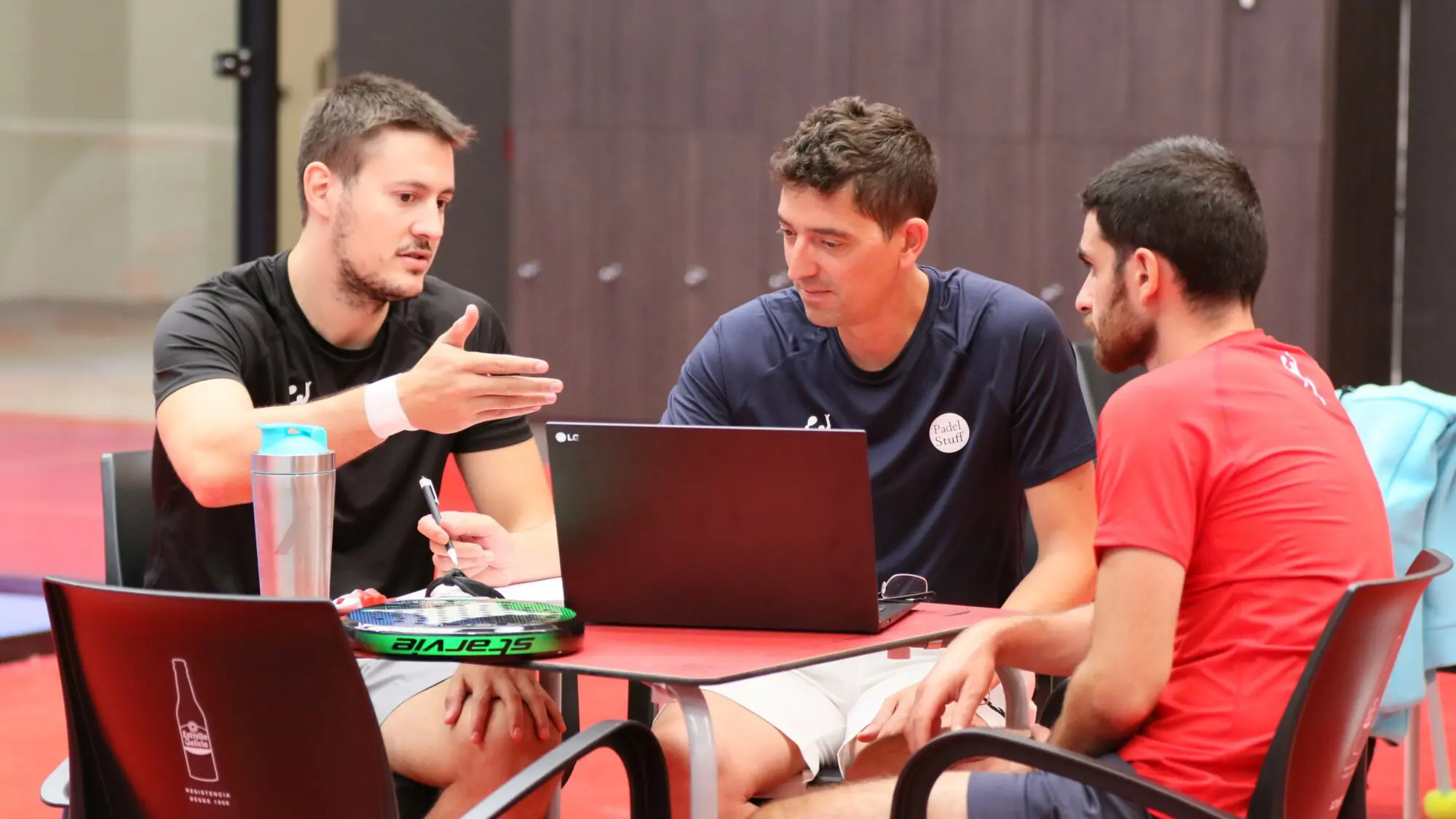 At the heart of padel – Episode 25: Paul and Andoni answer your questions
At the heart of padel – Episode 25: Paul and Andoni answer your questions Tactical padel – What to do when faced with players who systematically stay at the bottom?
Tactical padel – What to do when faced with players who systematically stay at the bottom?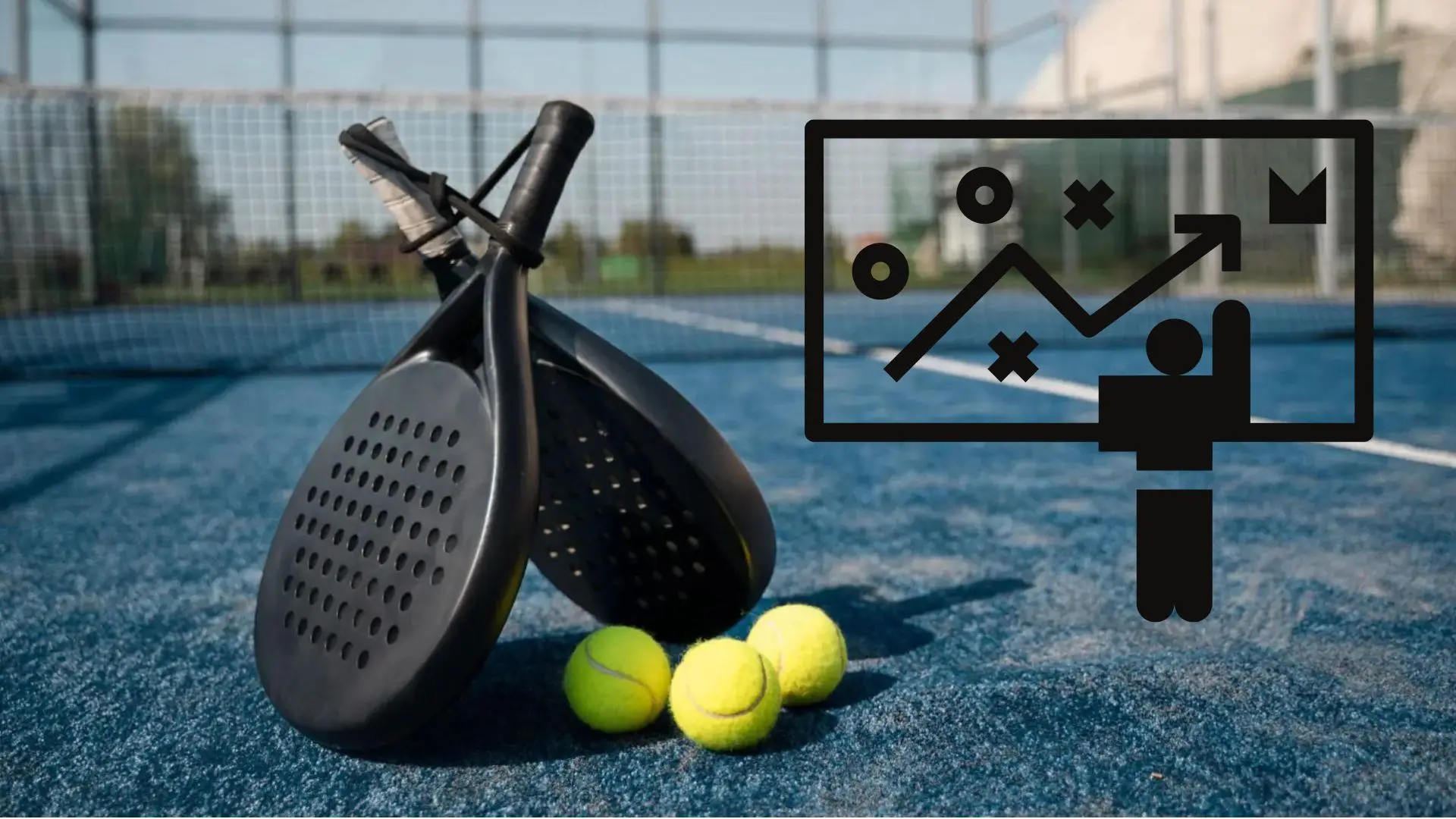 The basic tactics of padel
The basic tactics of padel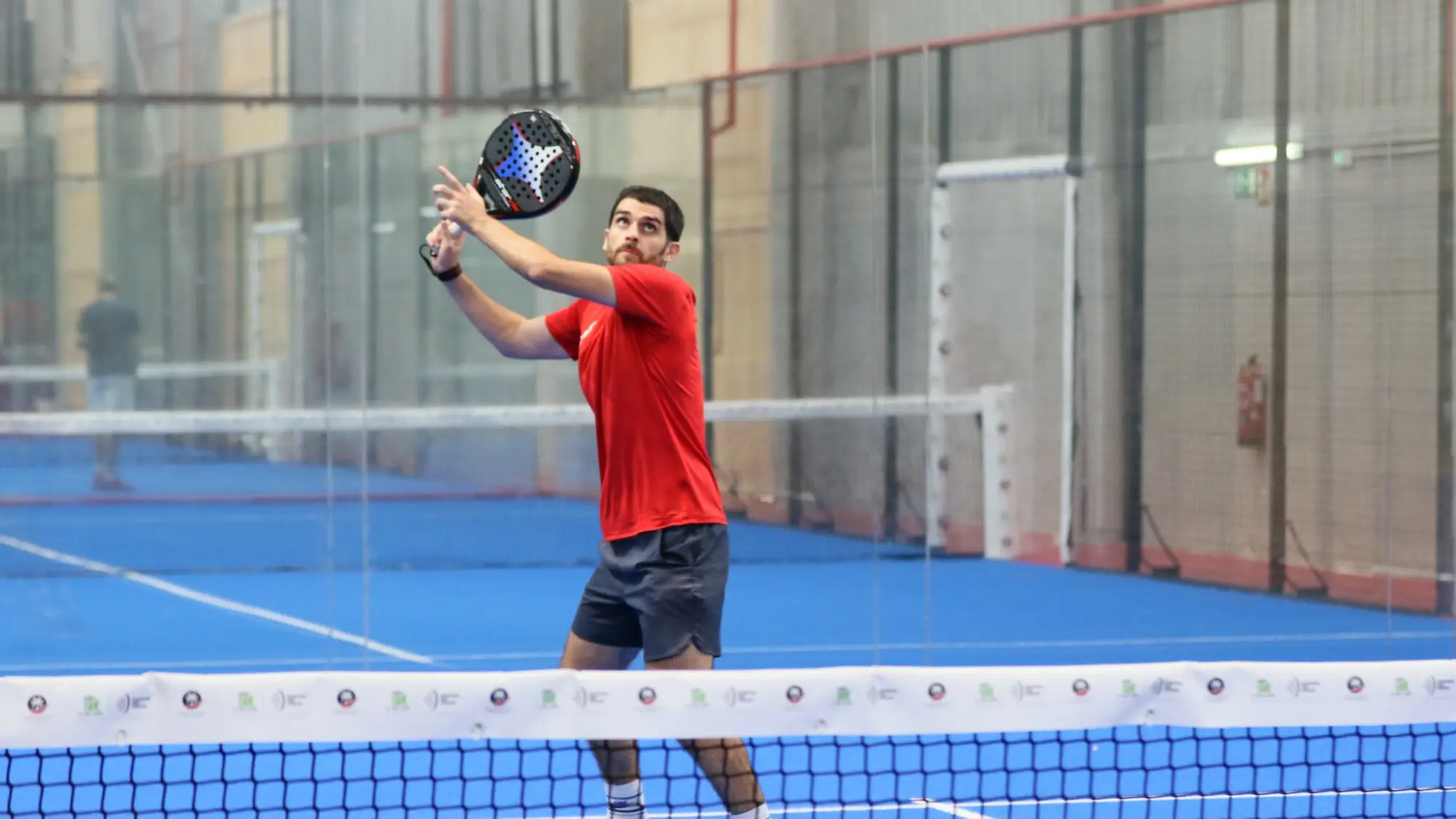 At the heart of padel – Episode 25: Paul and Andoni answer your questions
At the heart of padel – Episode 25: Paul and Andoni answer your questions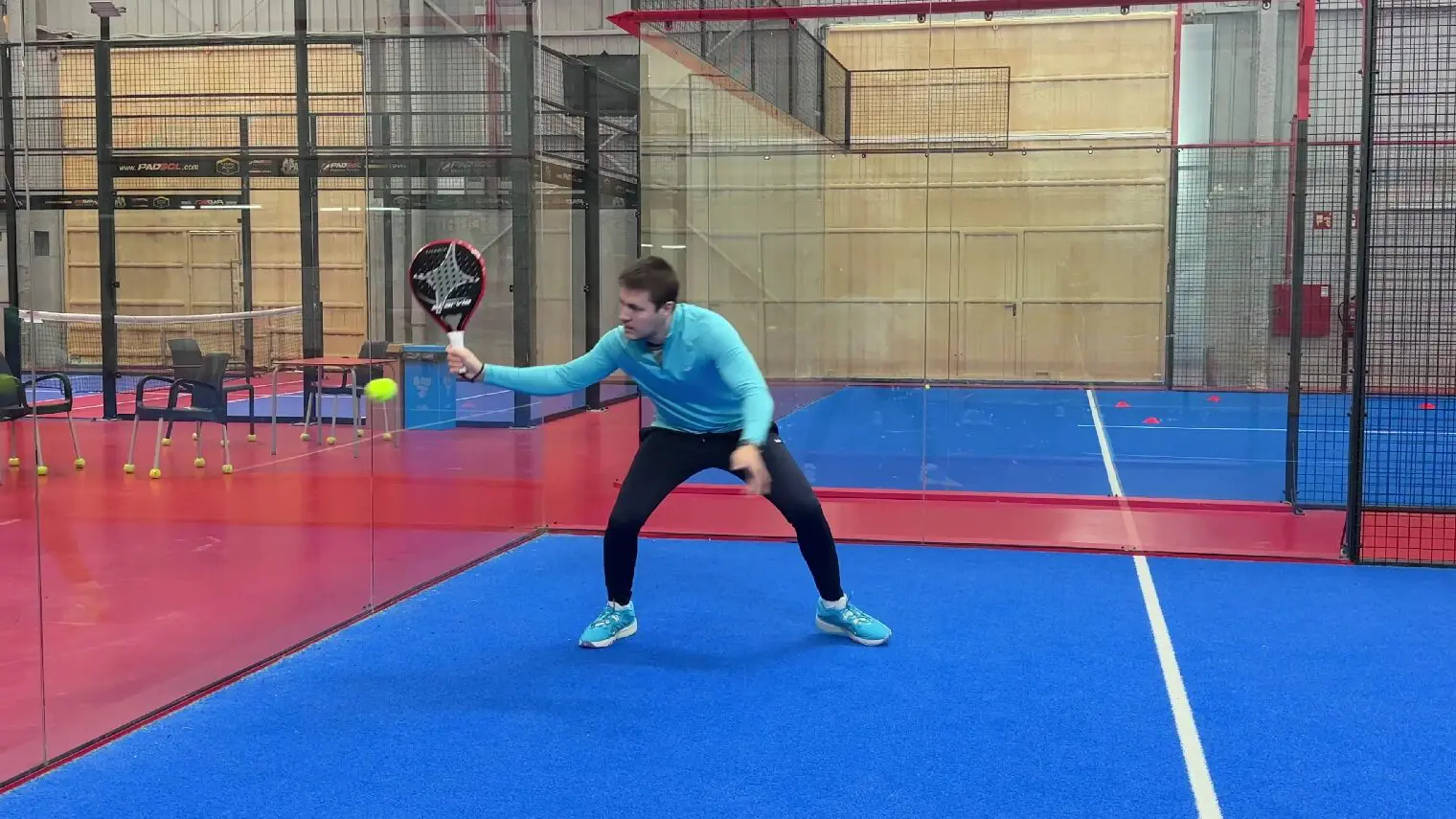 At the heart of padel – Episode 23: defend the window well
At the heart of padel – Episode 23: defend the window well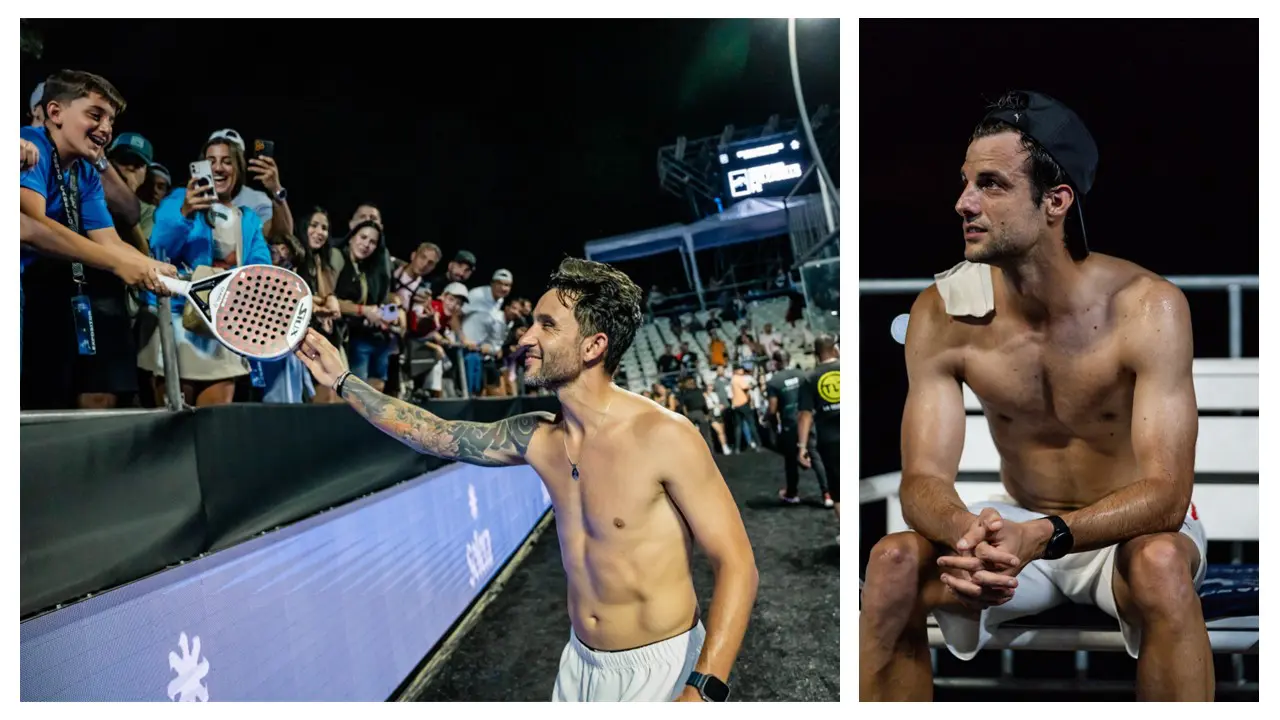 Prohibition on playing topless Padel : the reasons
Prohibition on playing topless Padel : the reasons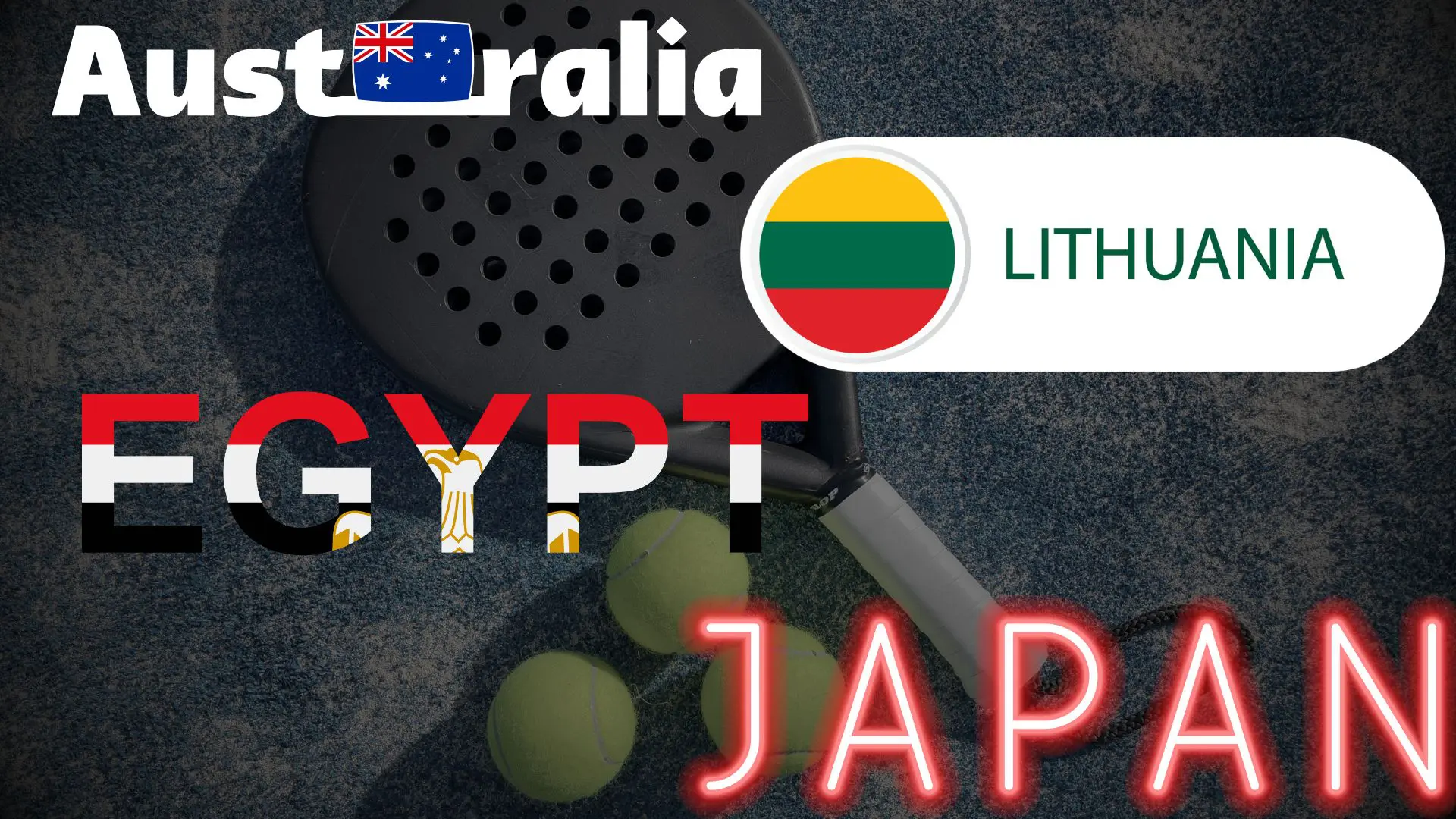 FIP Tour – Going far from Europe, THE strategy to earn points!
FIP Tour – Going far from Europe, THE strategy to earn points! What is a good football player? padel ?
What is a good football player? padel ? “Lefties give me headaches when I play against them!”
“Lefties give me headaches when I play against them!”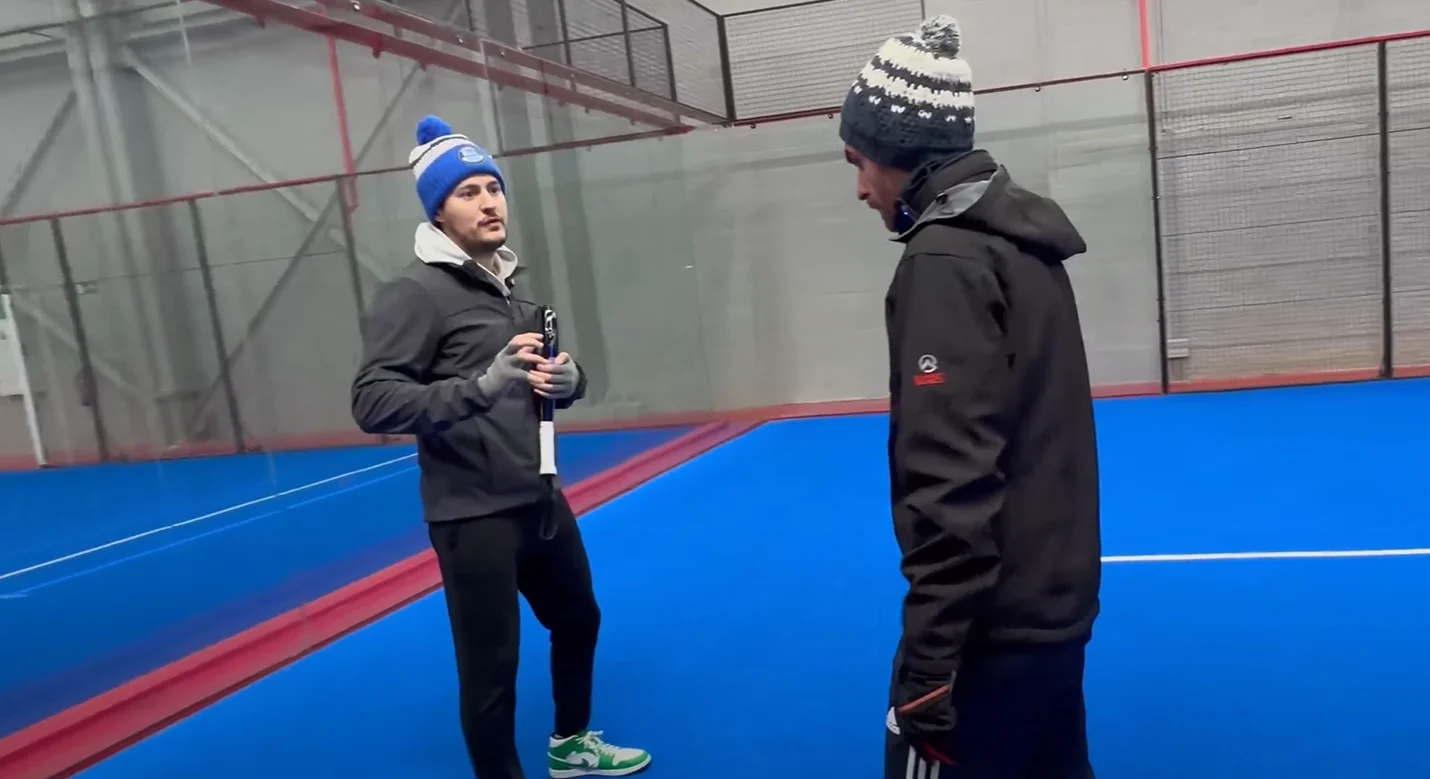 At the heart of padel – Episode 14: how to earn points in winter?
At the heart of padel – Episode 14: how to earn points in winter?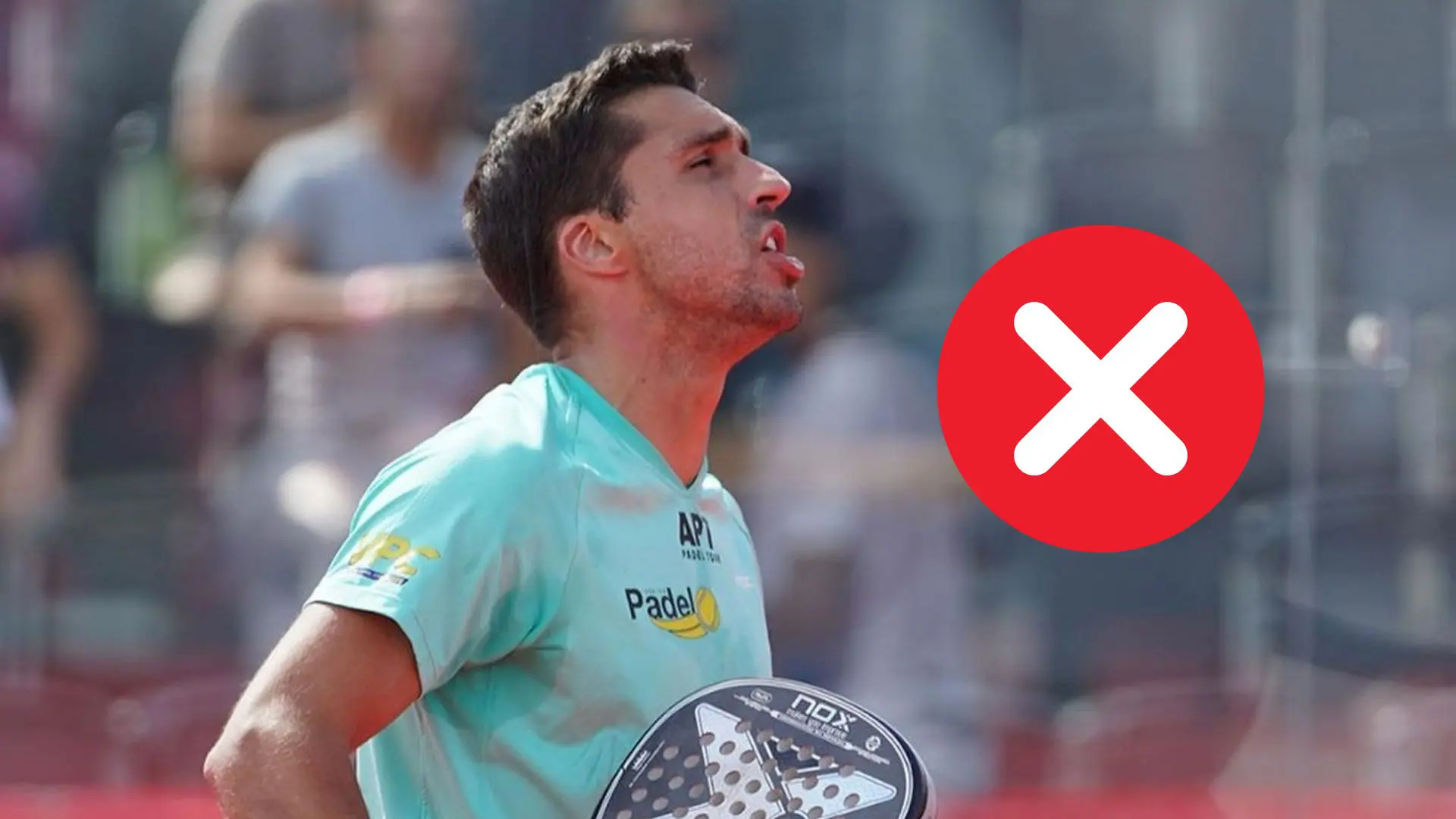 A par 4 is always a winner...even if you manage to defend it!
A par 4 is always a winner...even if you manage to defend it!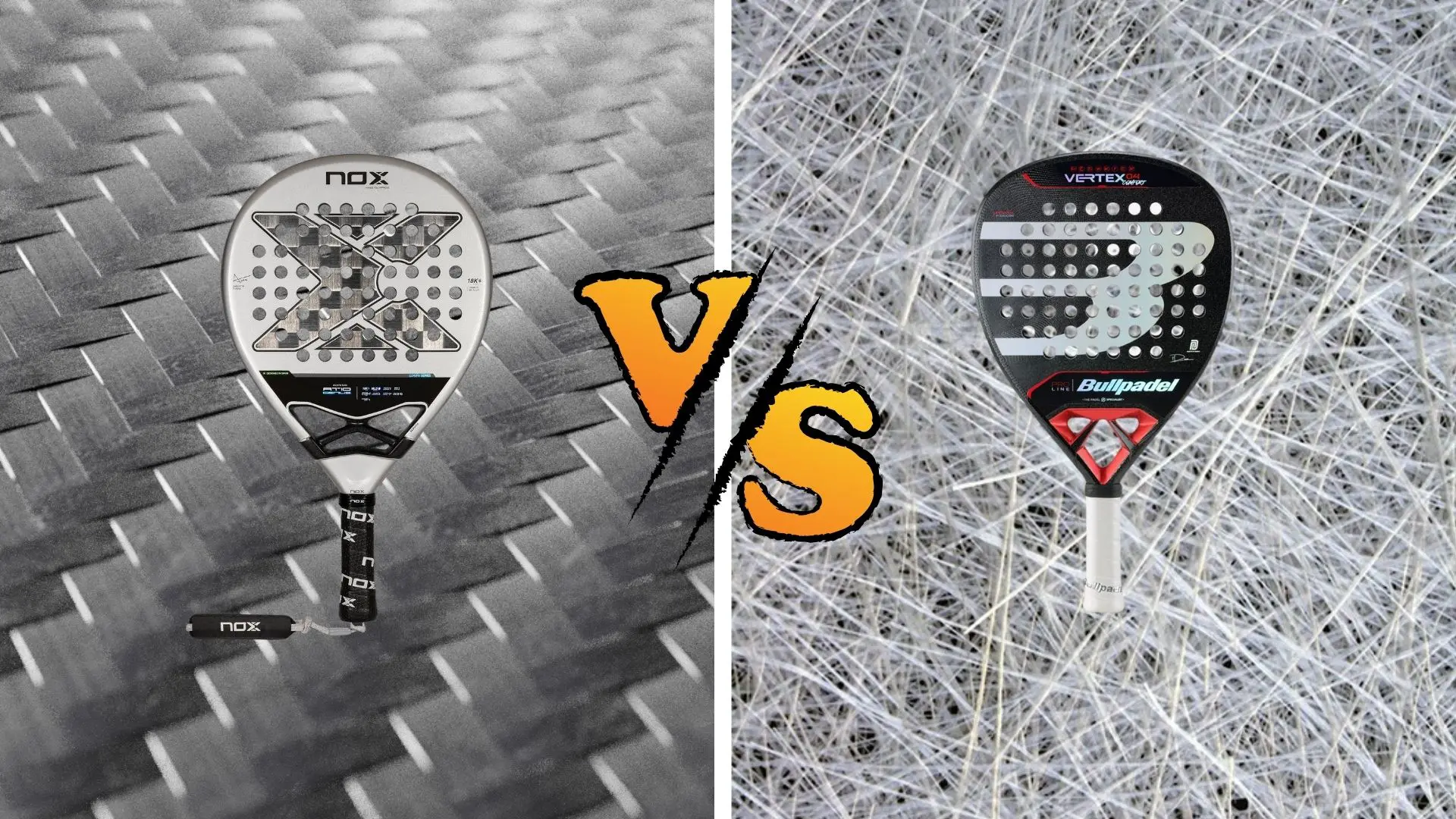 Carbon fiber VS fiberglass: what to choose?
Carbon fiber VS fiberglass: what to choose?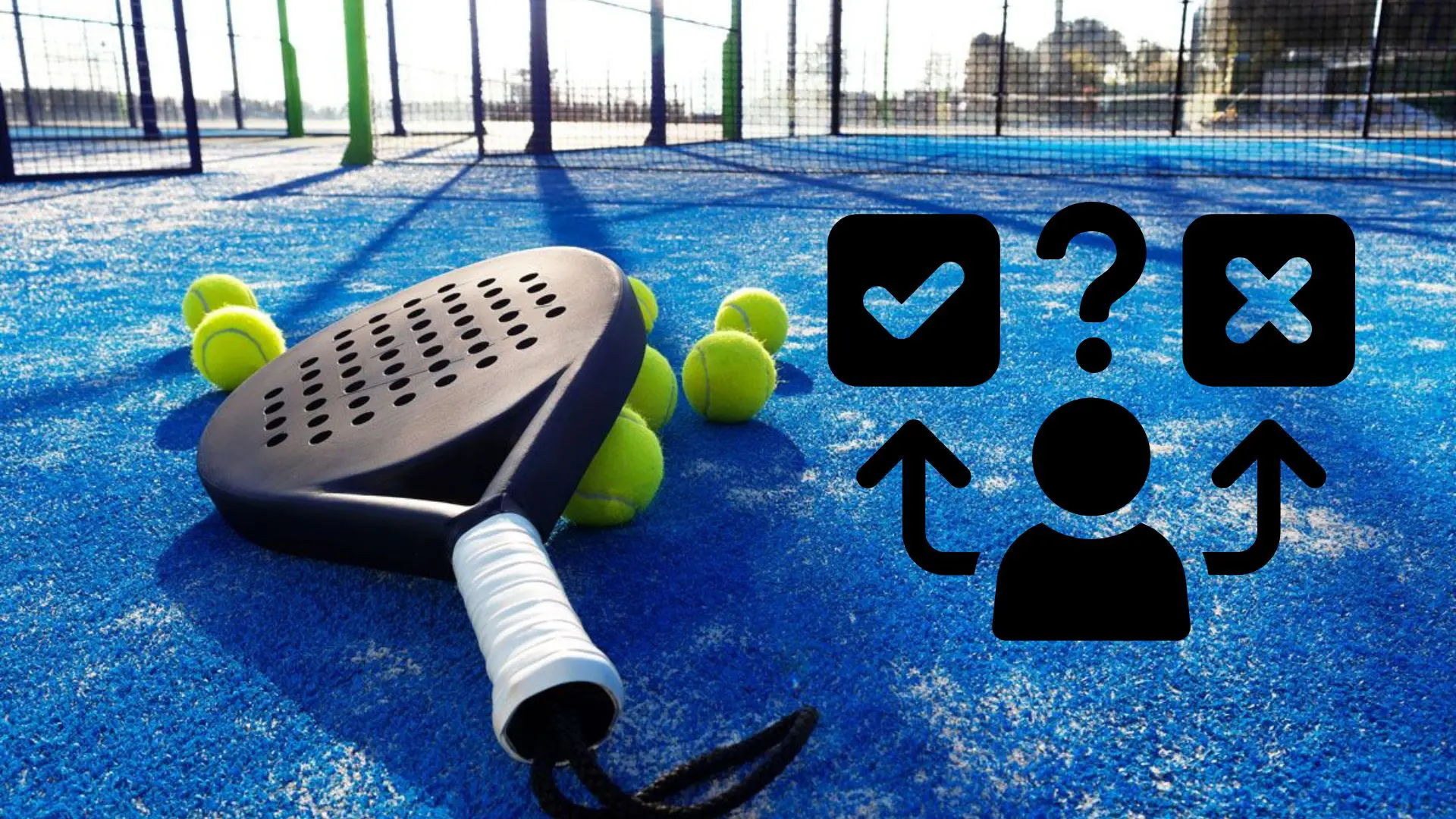 How to effectively test a racket padel ?
How to effectively test a racket padel ?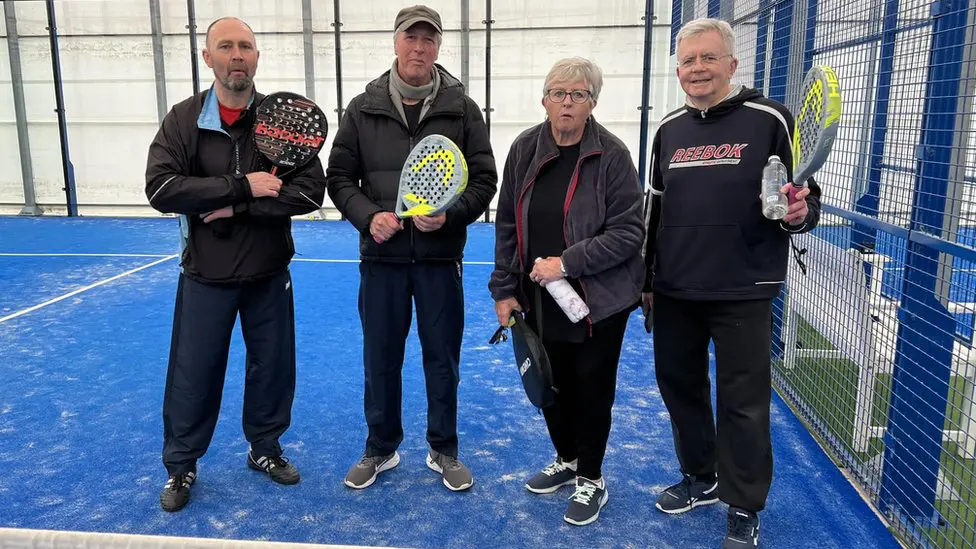 La padel to fight Parkinson's disease
La padel to fight Parkinson's disease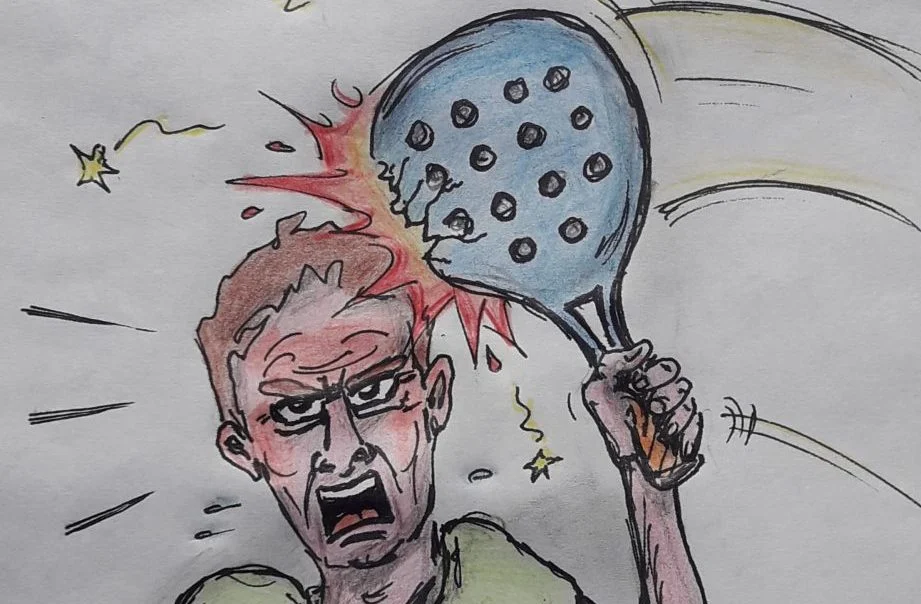 Don't play with a cracked or broken racket, your body will thank you!
Don't play with a cracked or broken racket, your body will thank you! Michel Cymes: “The padel, physically, it’s serious!”
Michel Cymes: “The padel, physically, it’s serious!”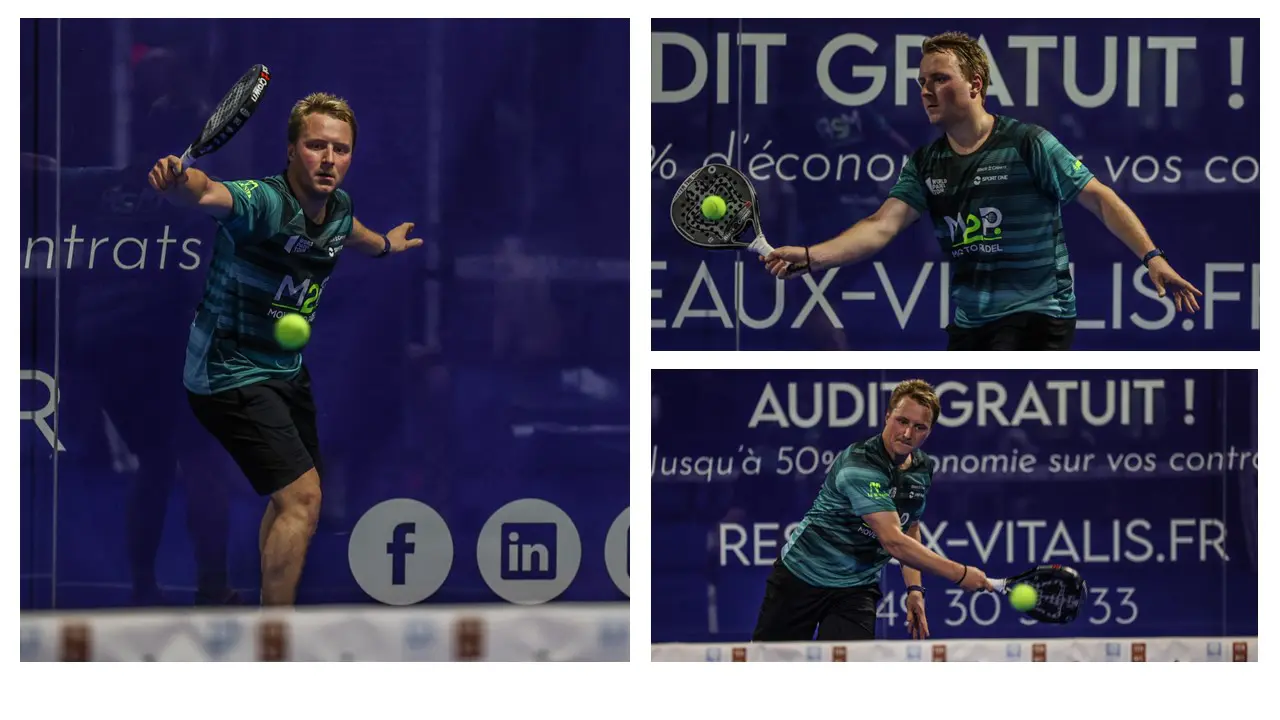 Jeremy Gala: “Promote the padel among young people in Belgium remains a challenge”
Jeremy Gala: “Promote the padel among young people in Belgium remains a challenge”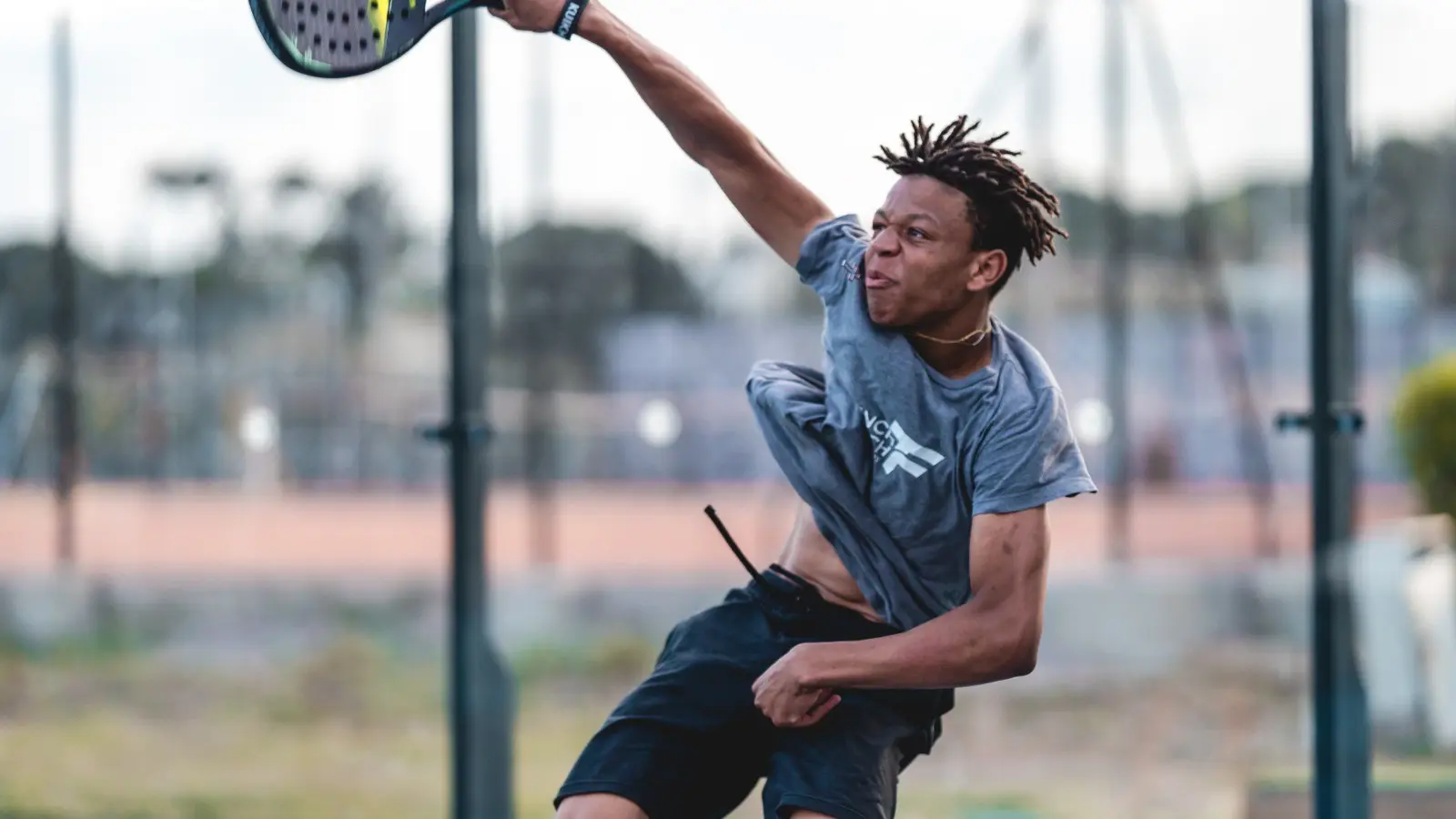 The French Touch Academy organizes its selection day Padel-Study
The French Touch Academy organizes its selection day Padel-Study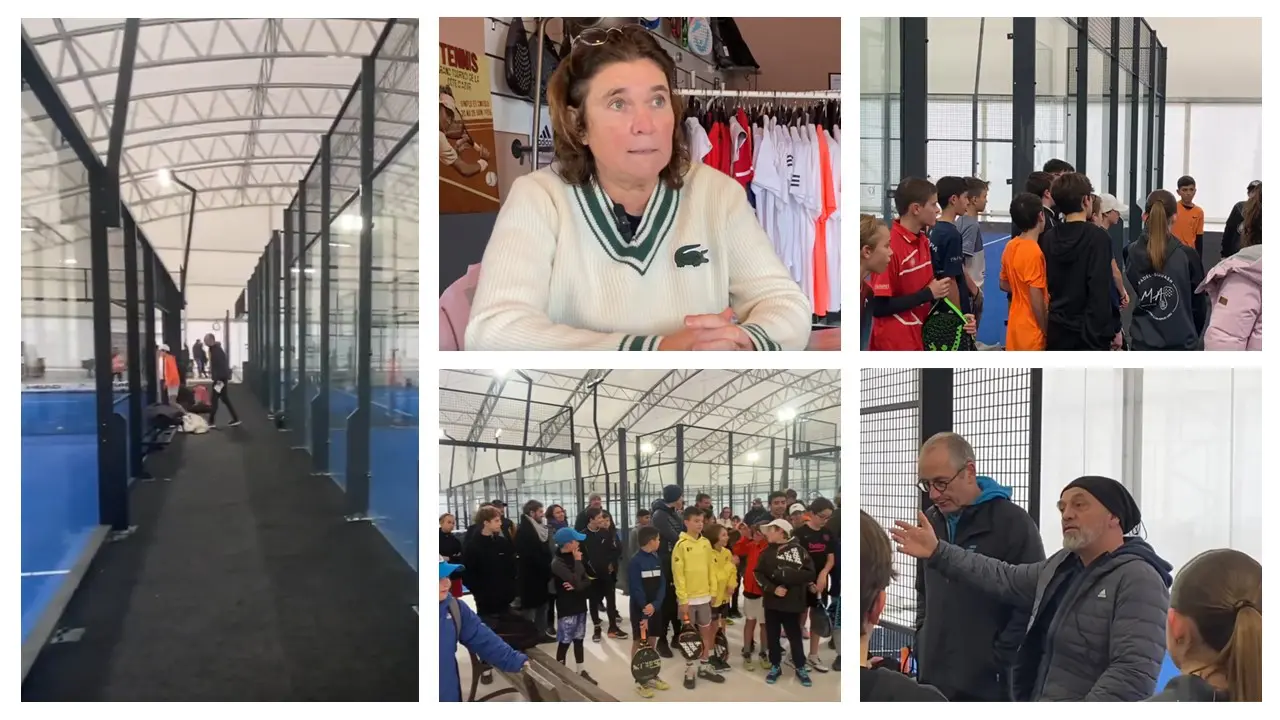 Report on the detection and training of younger generations
Report on the detection and training of younger generations